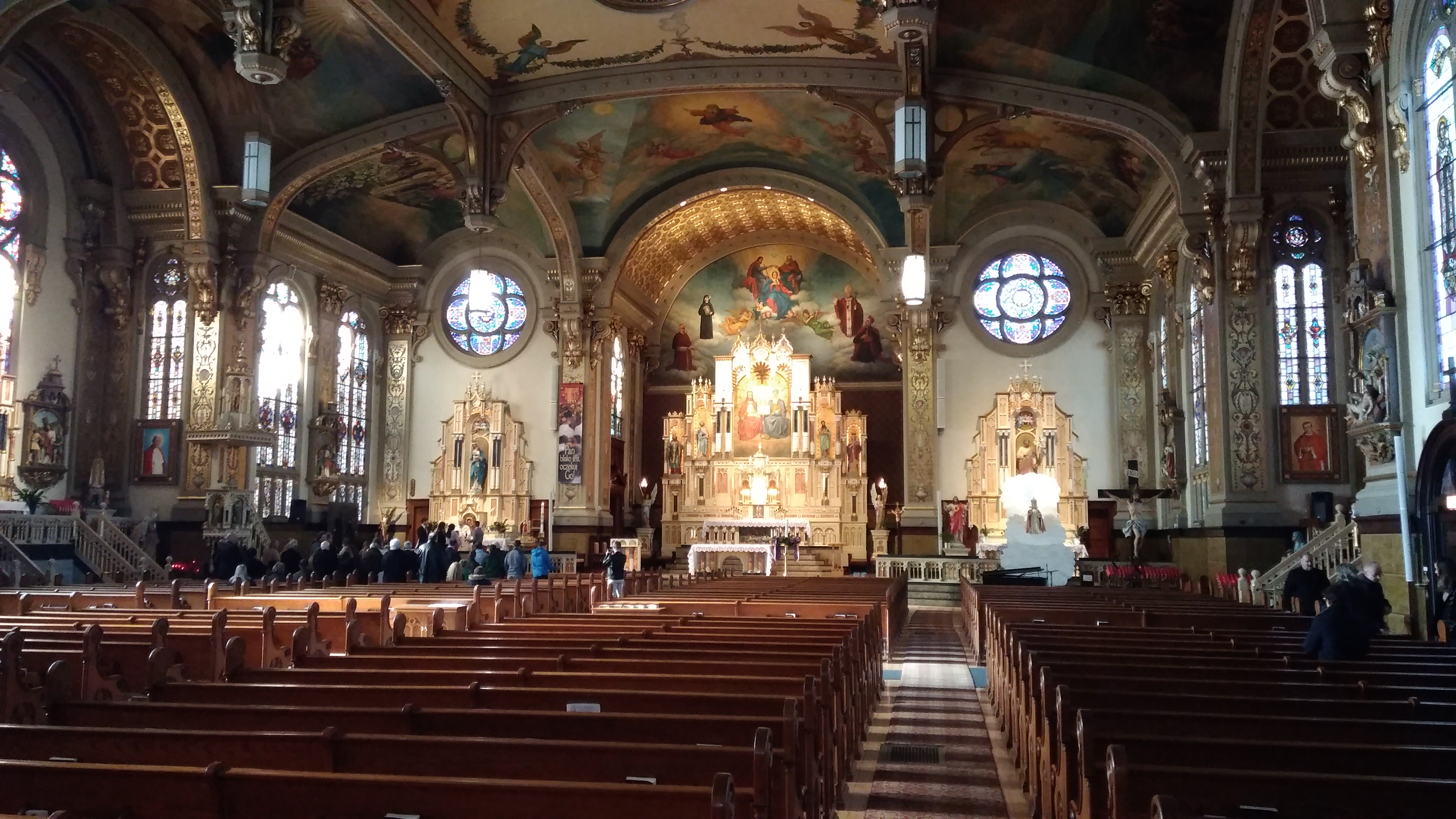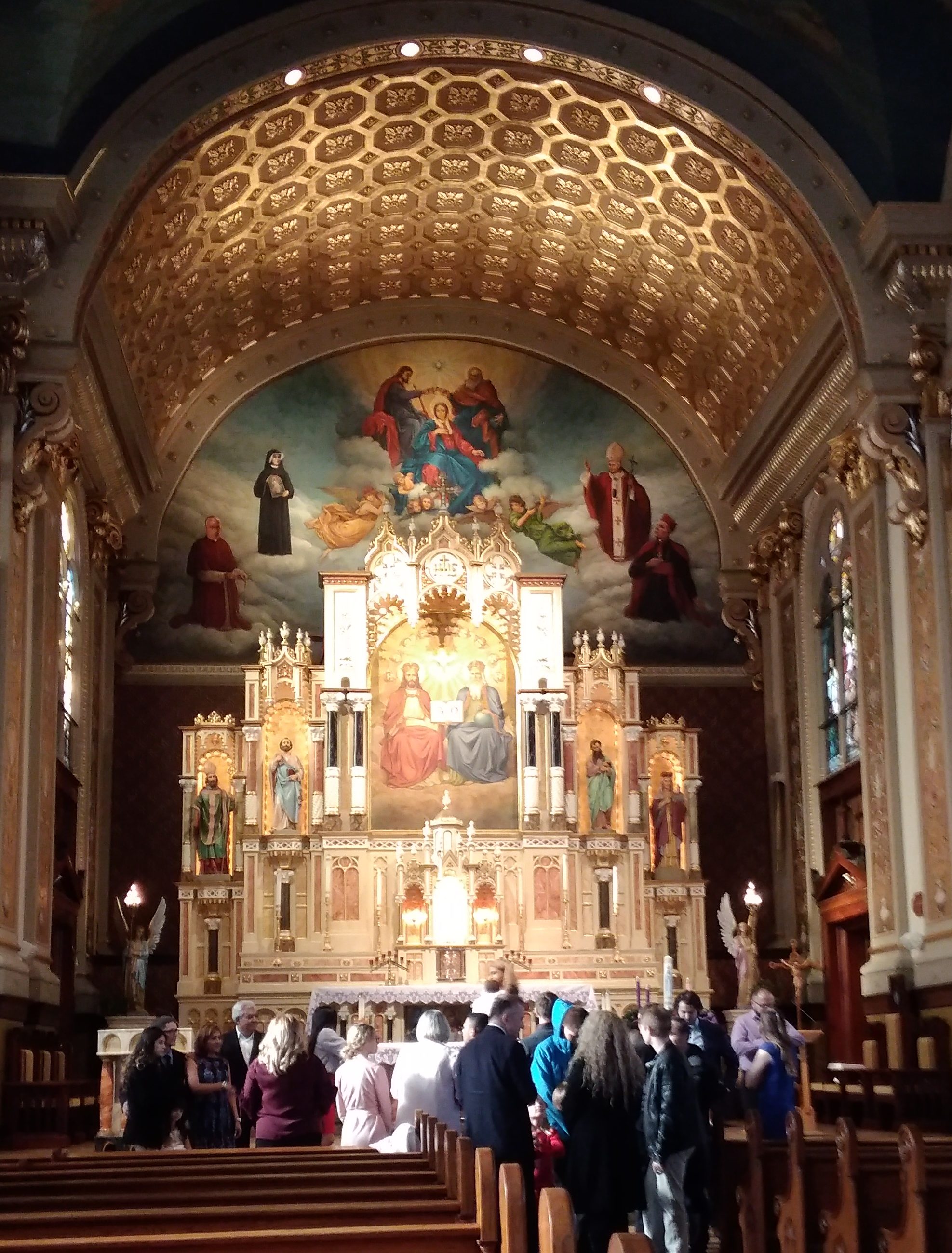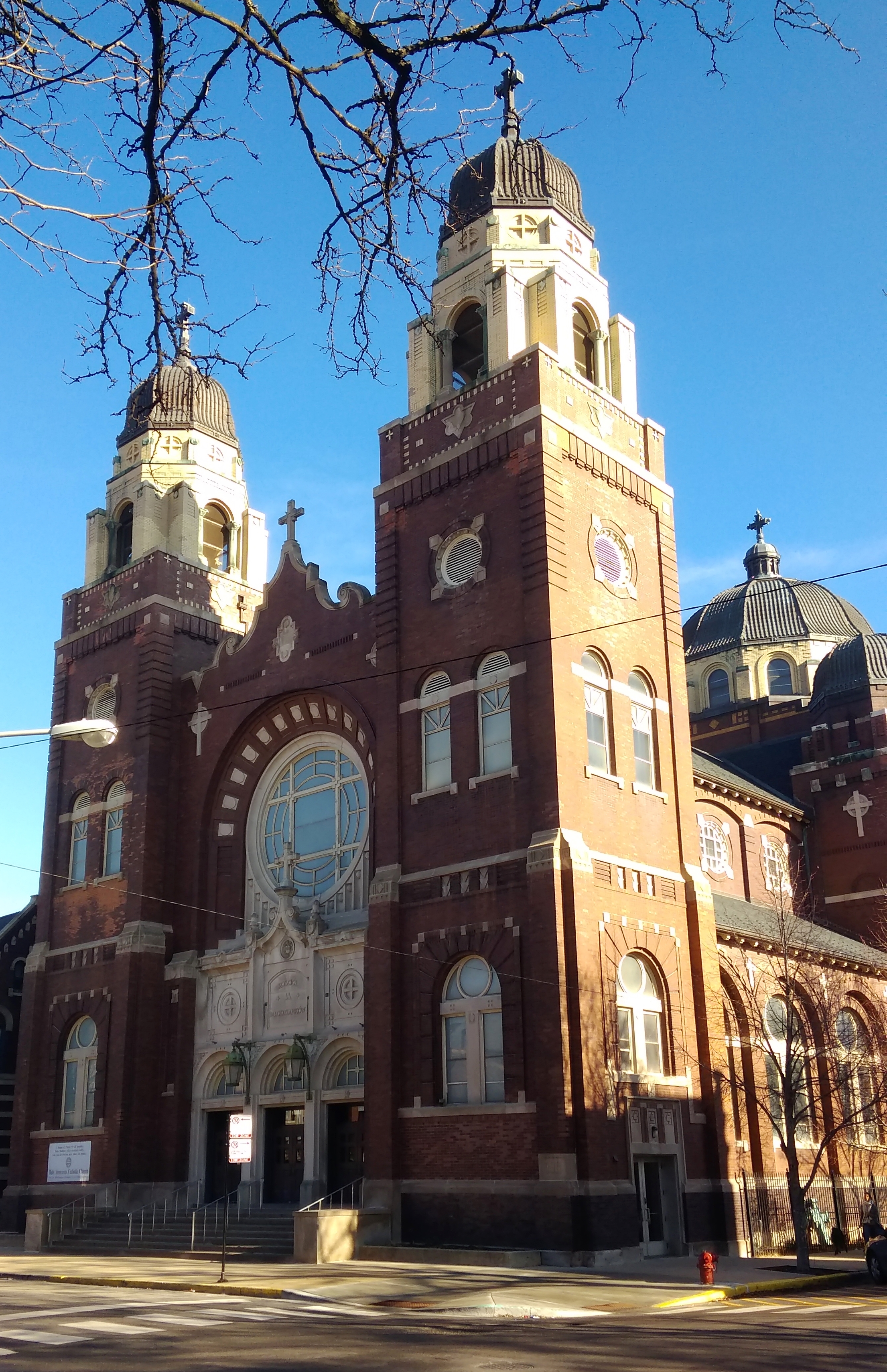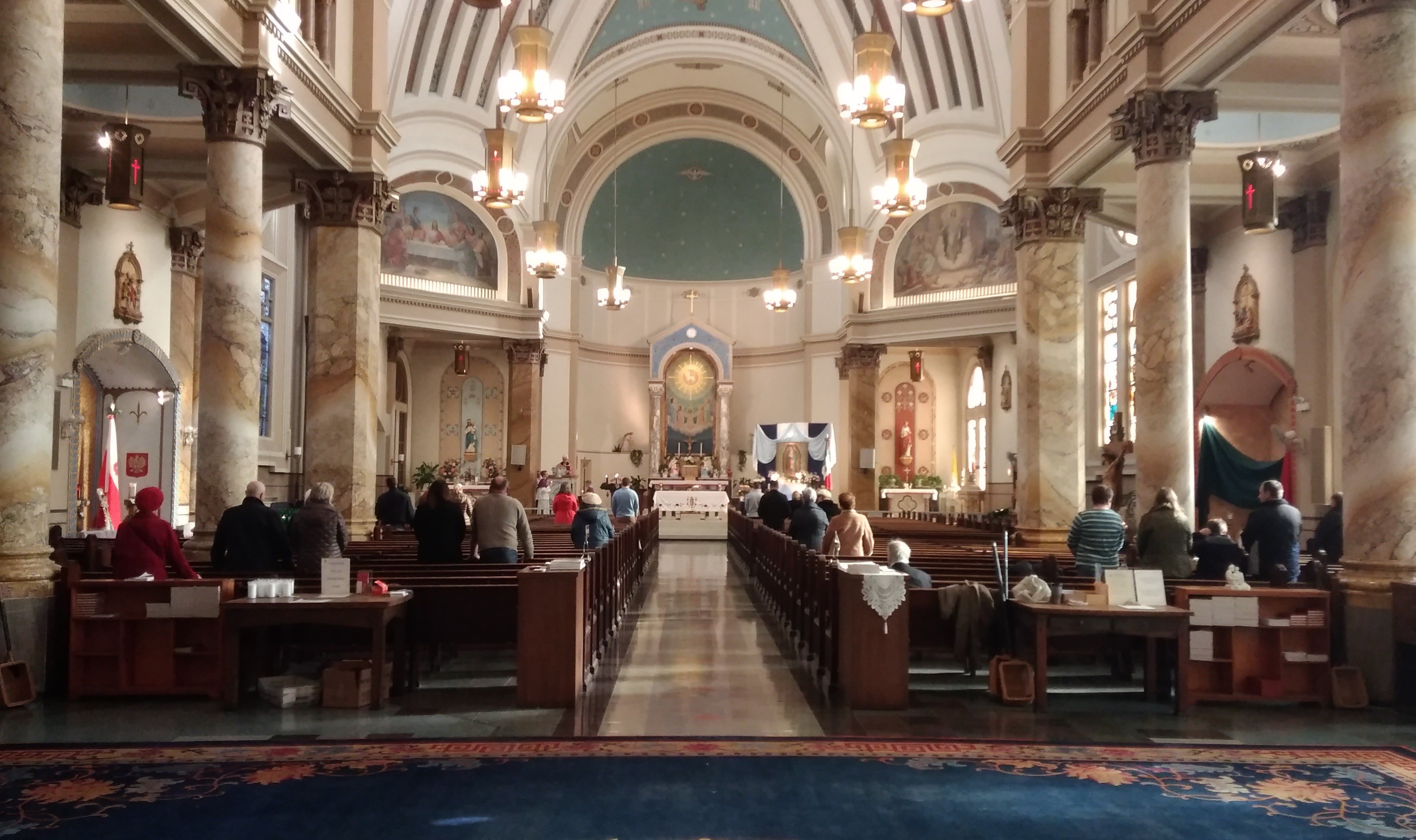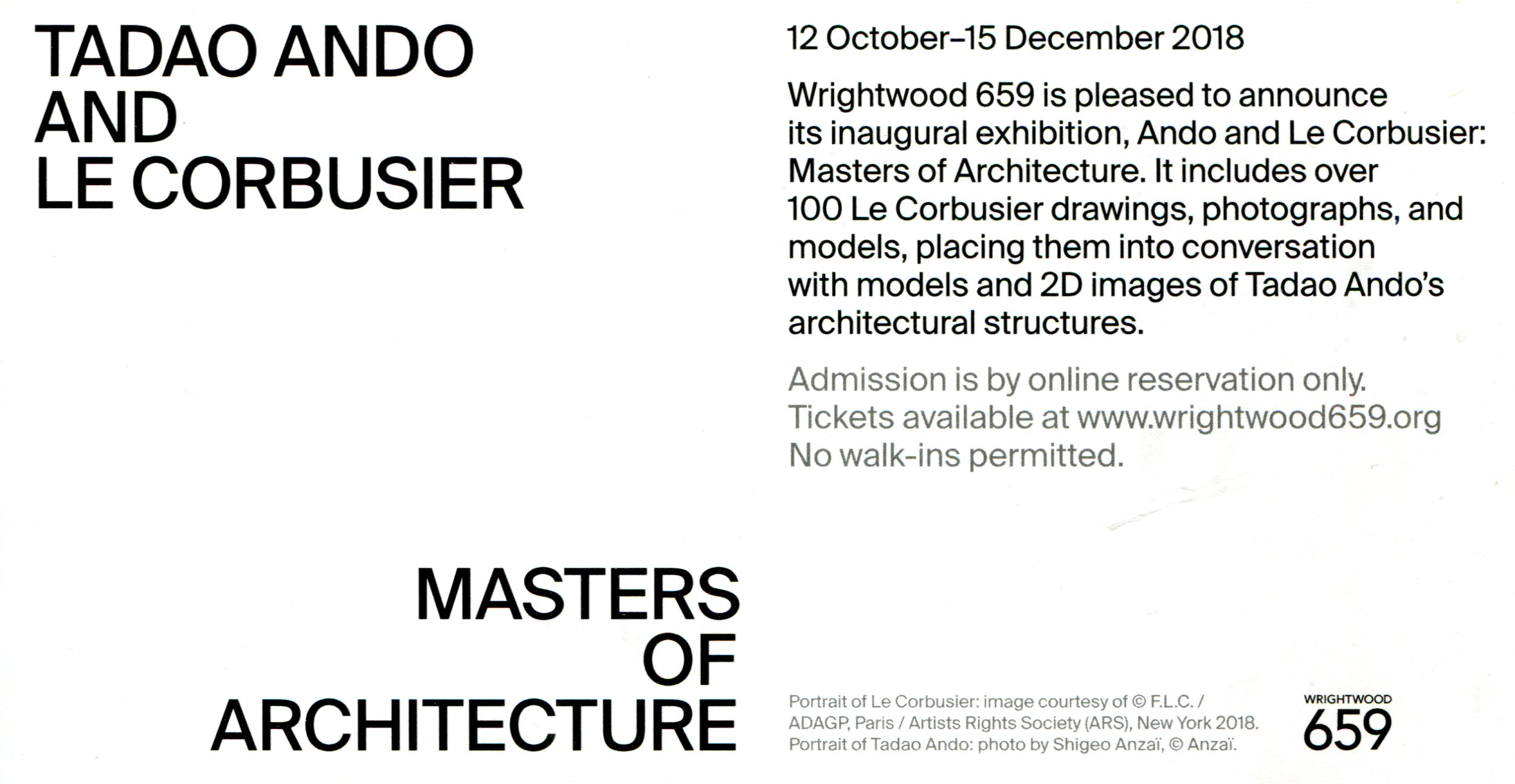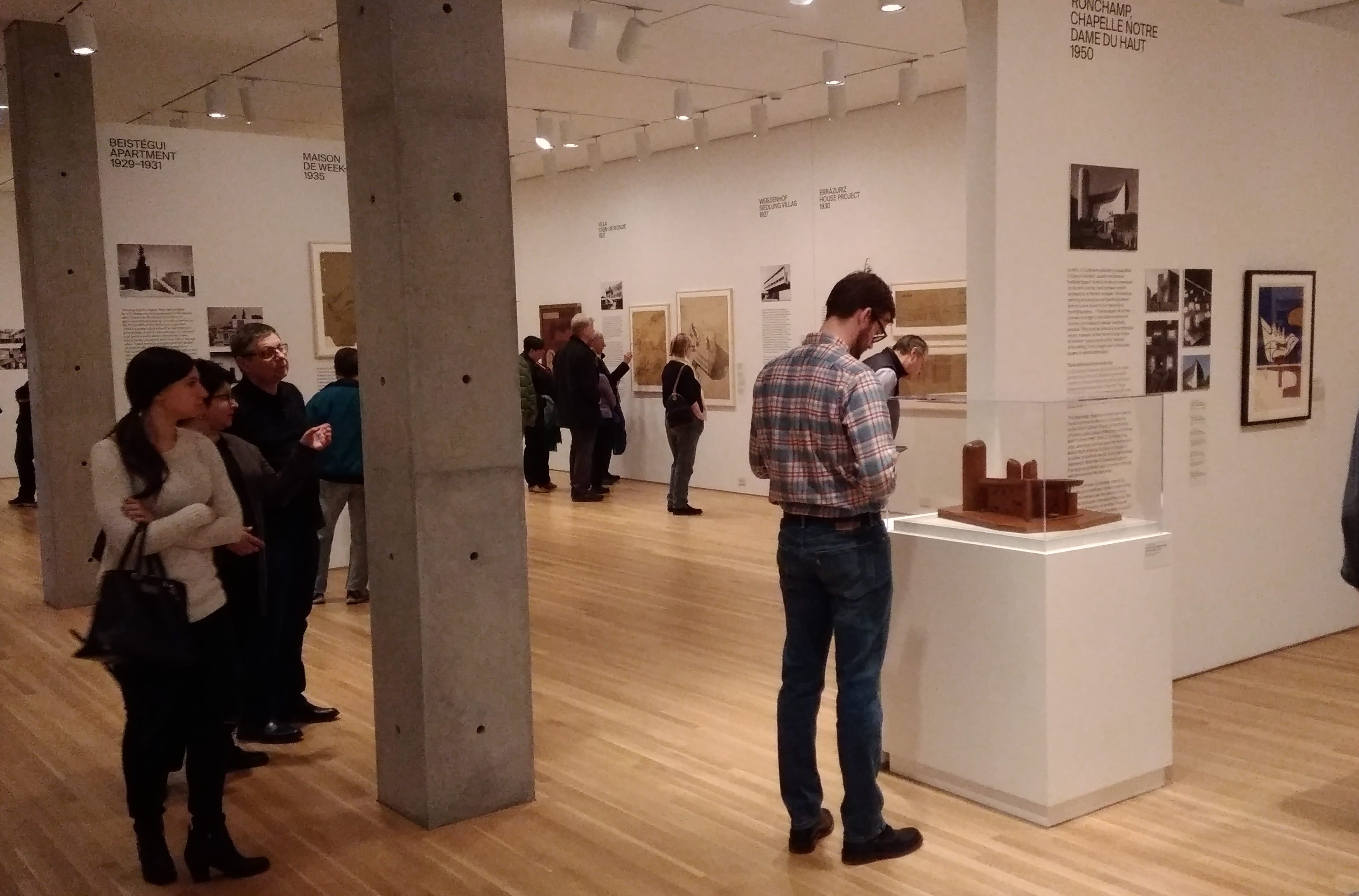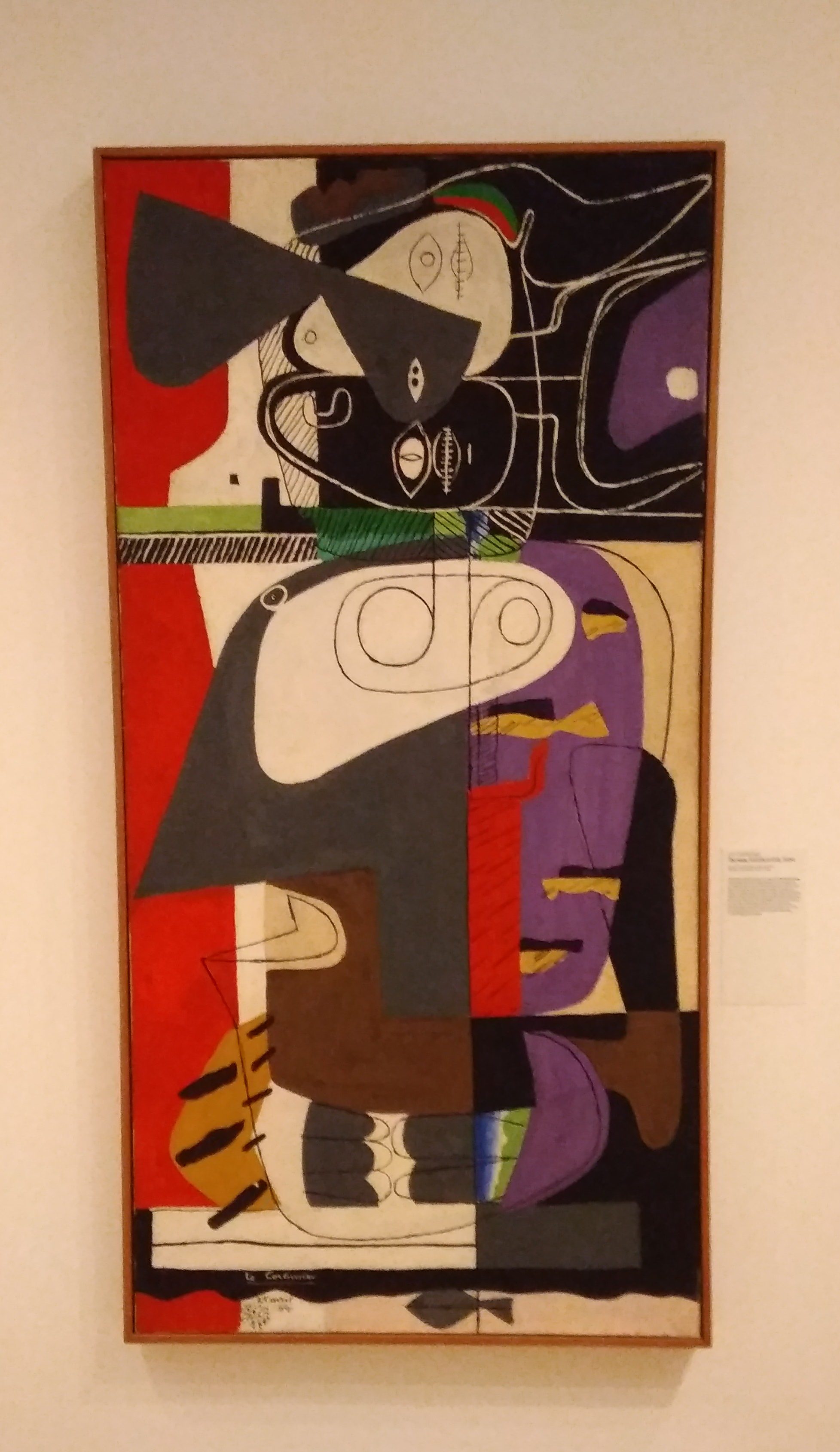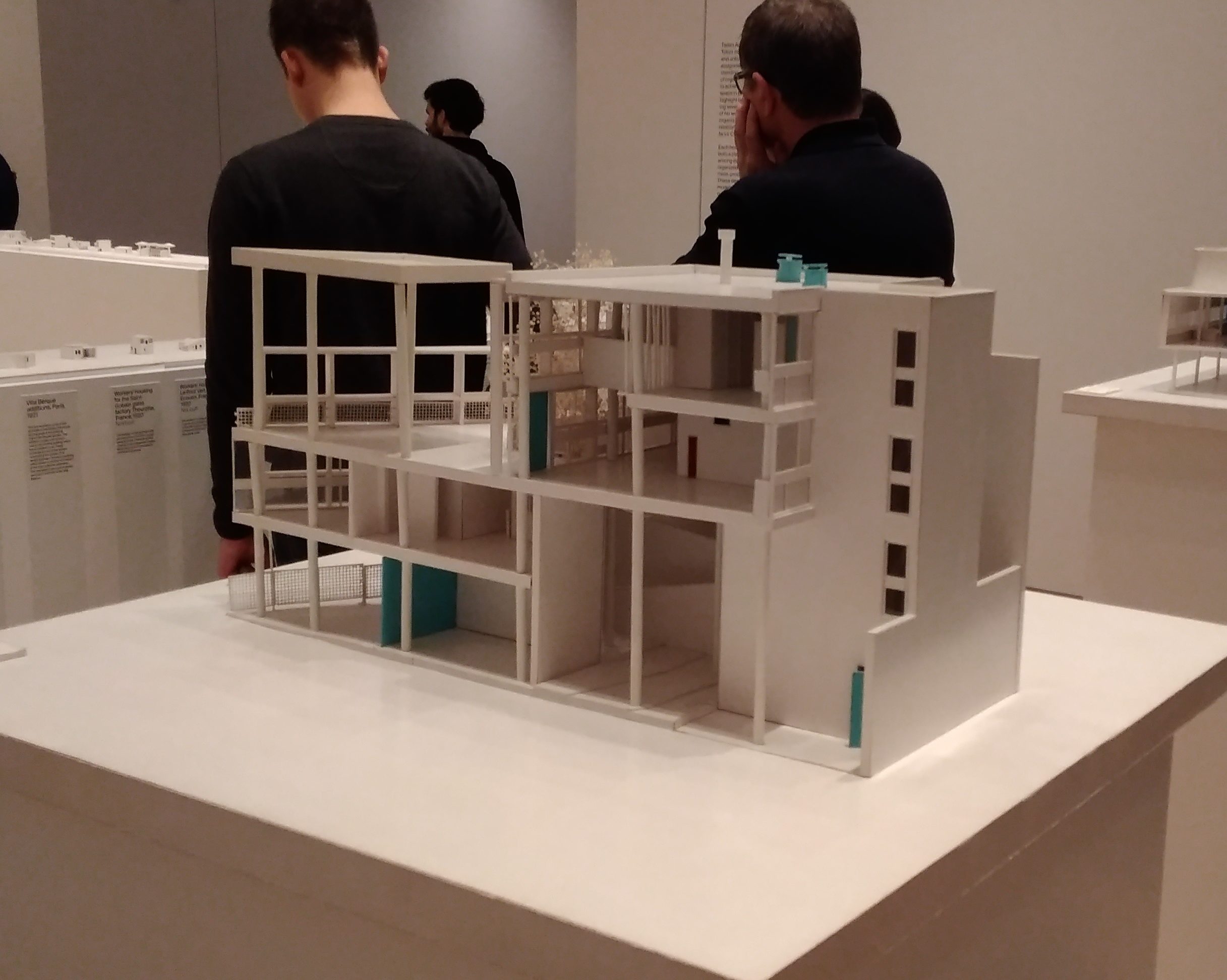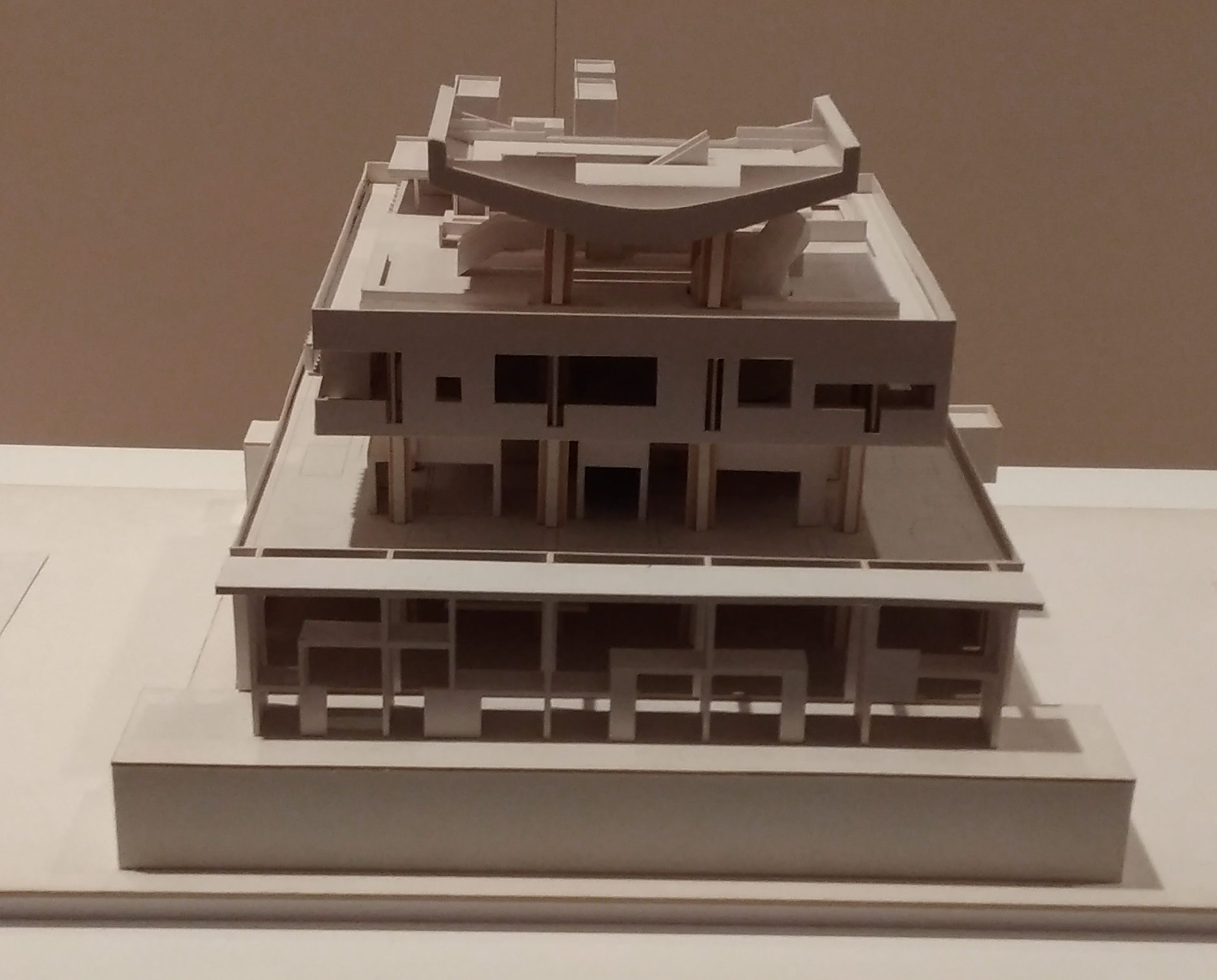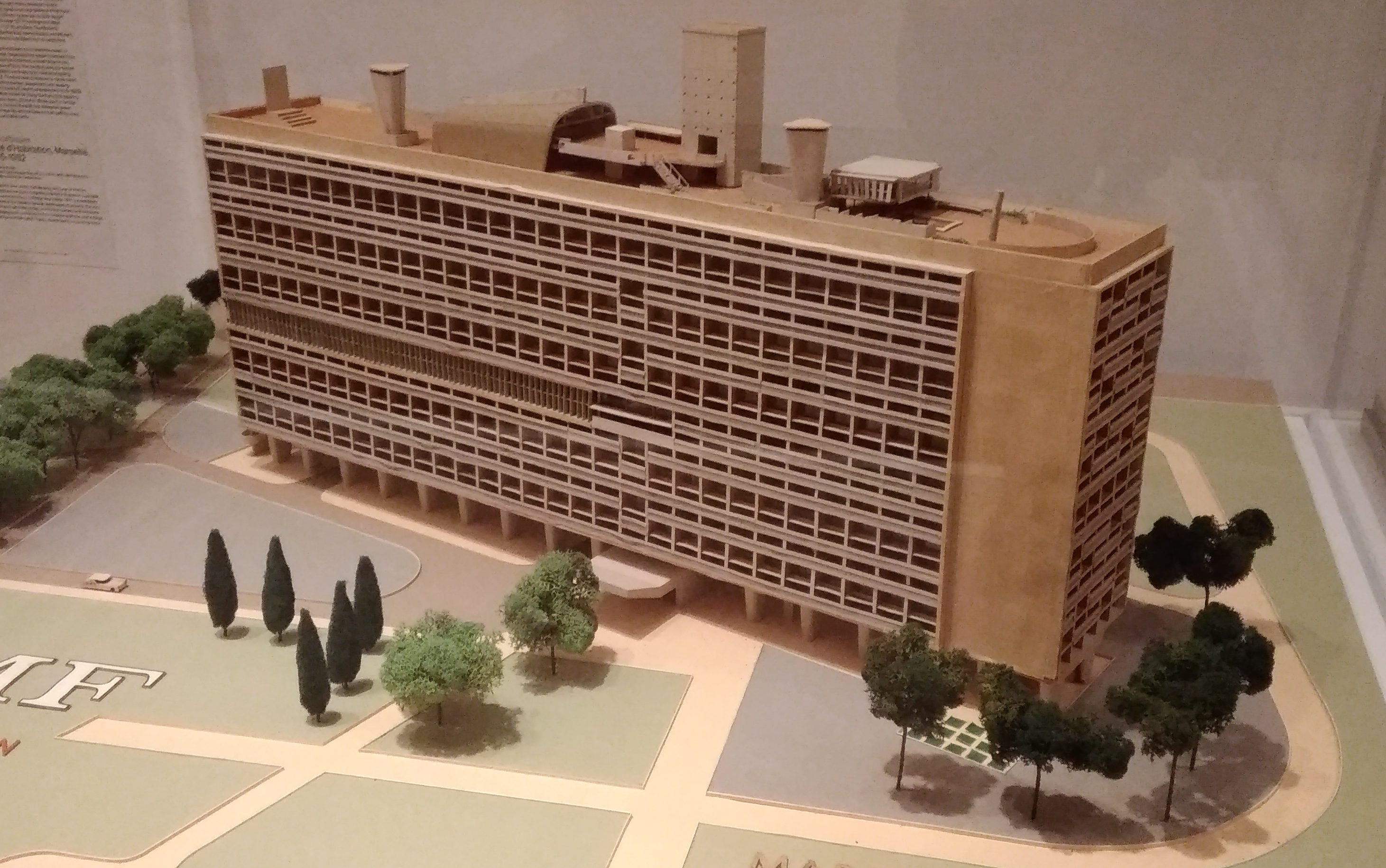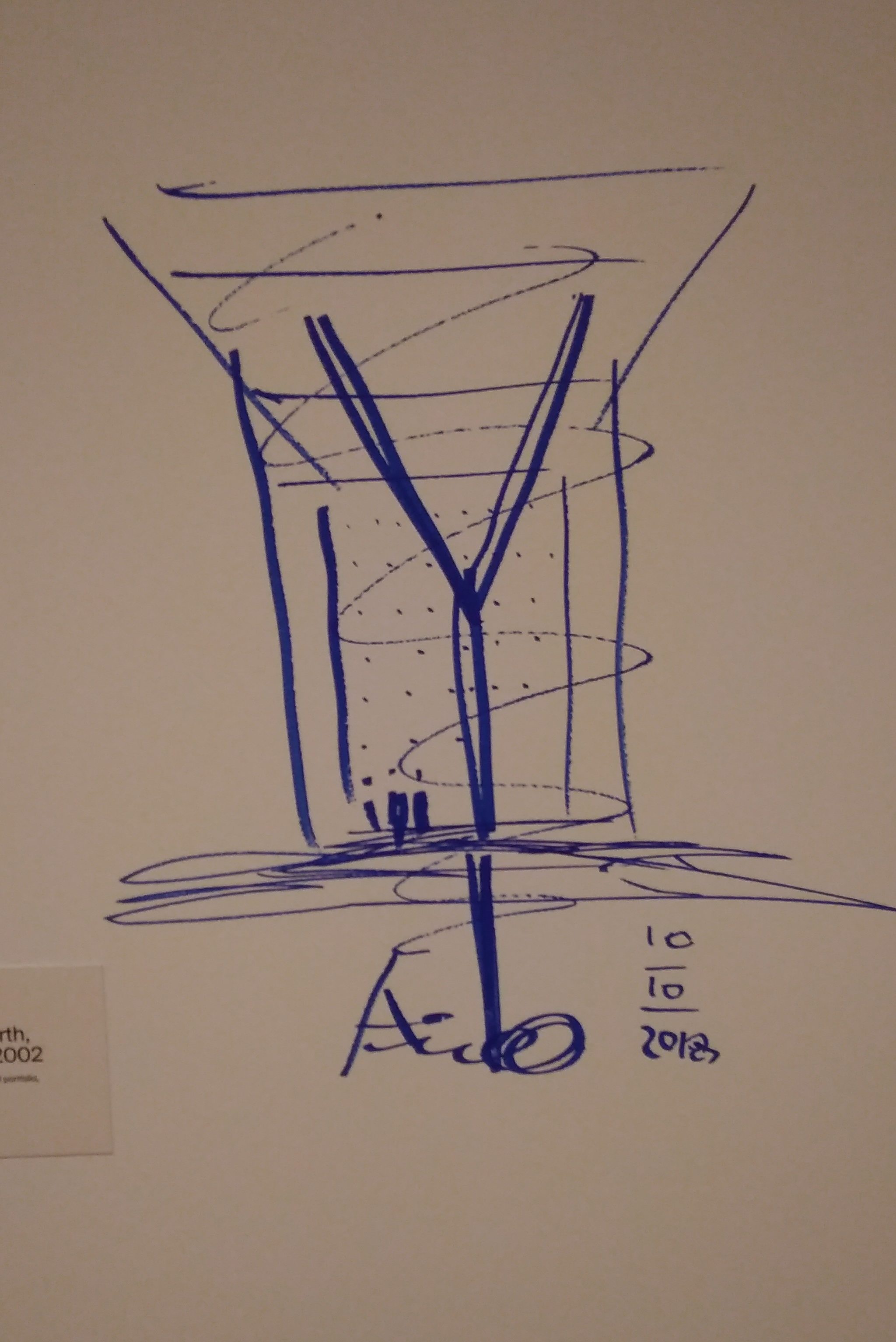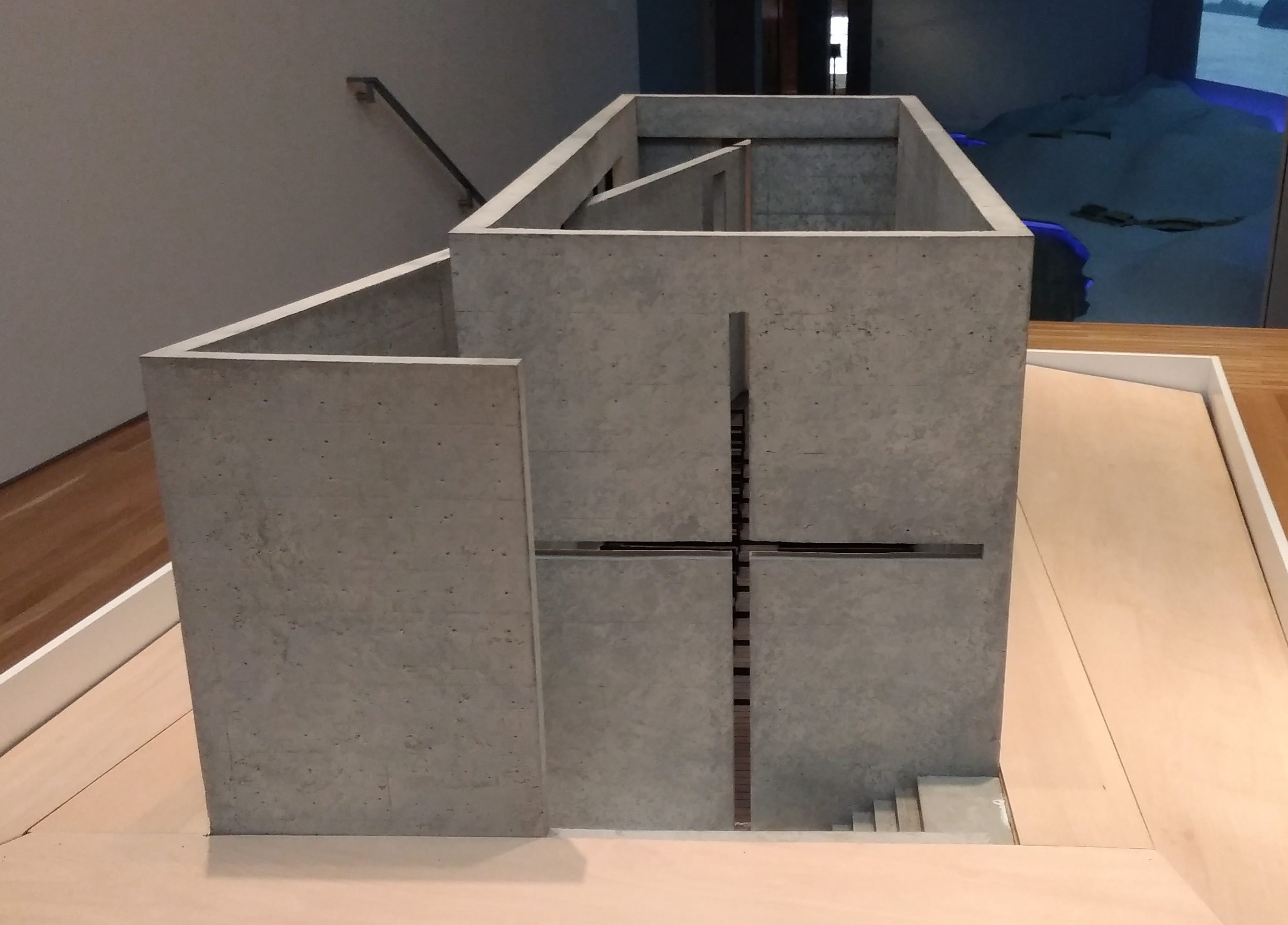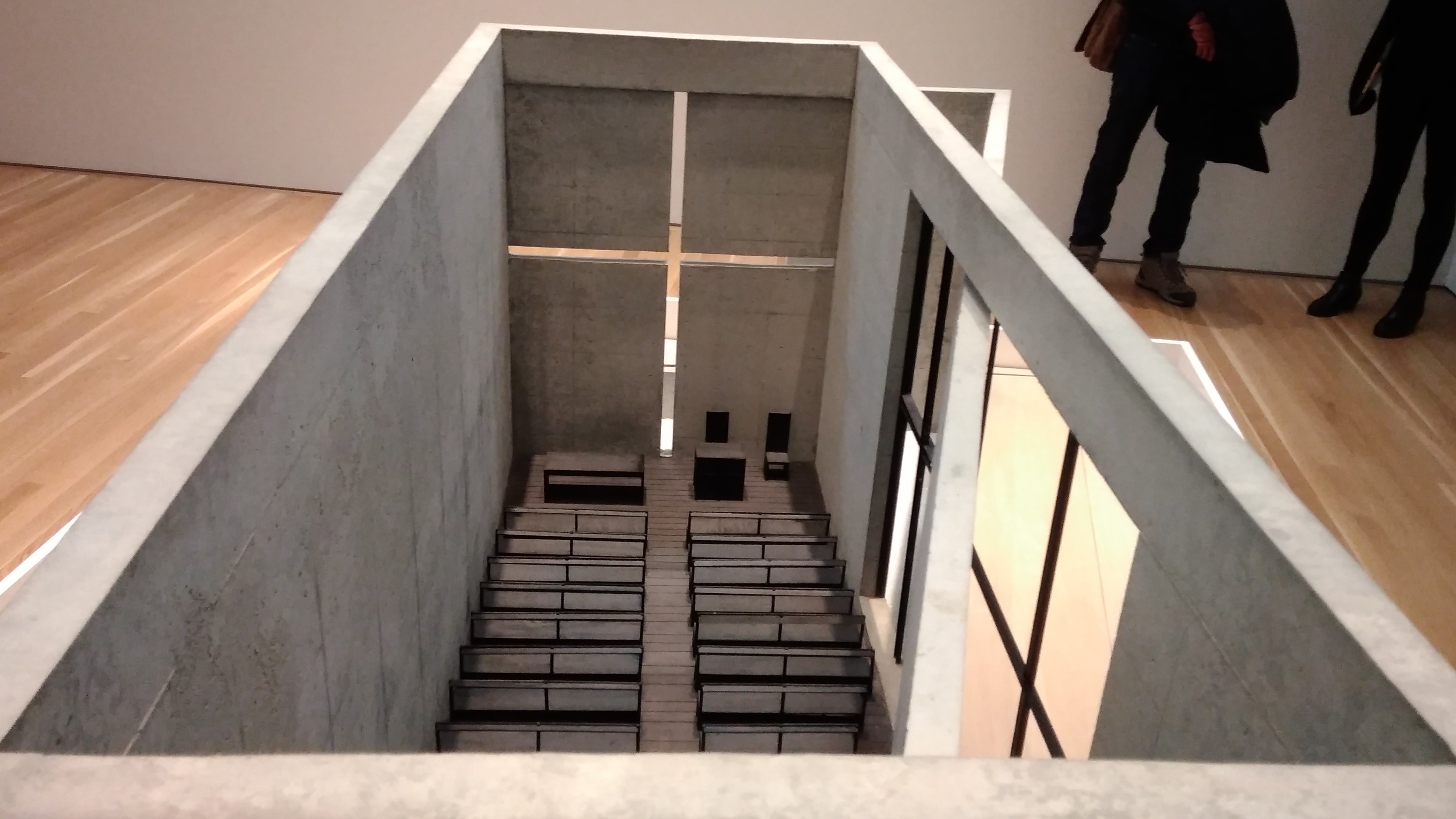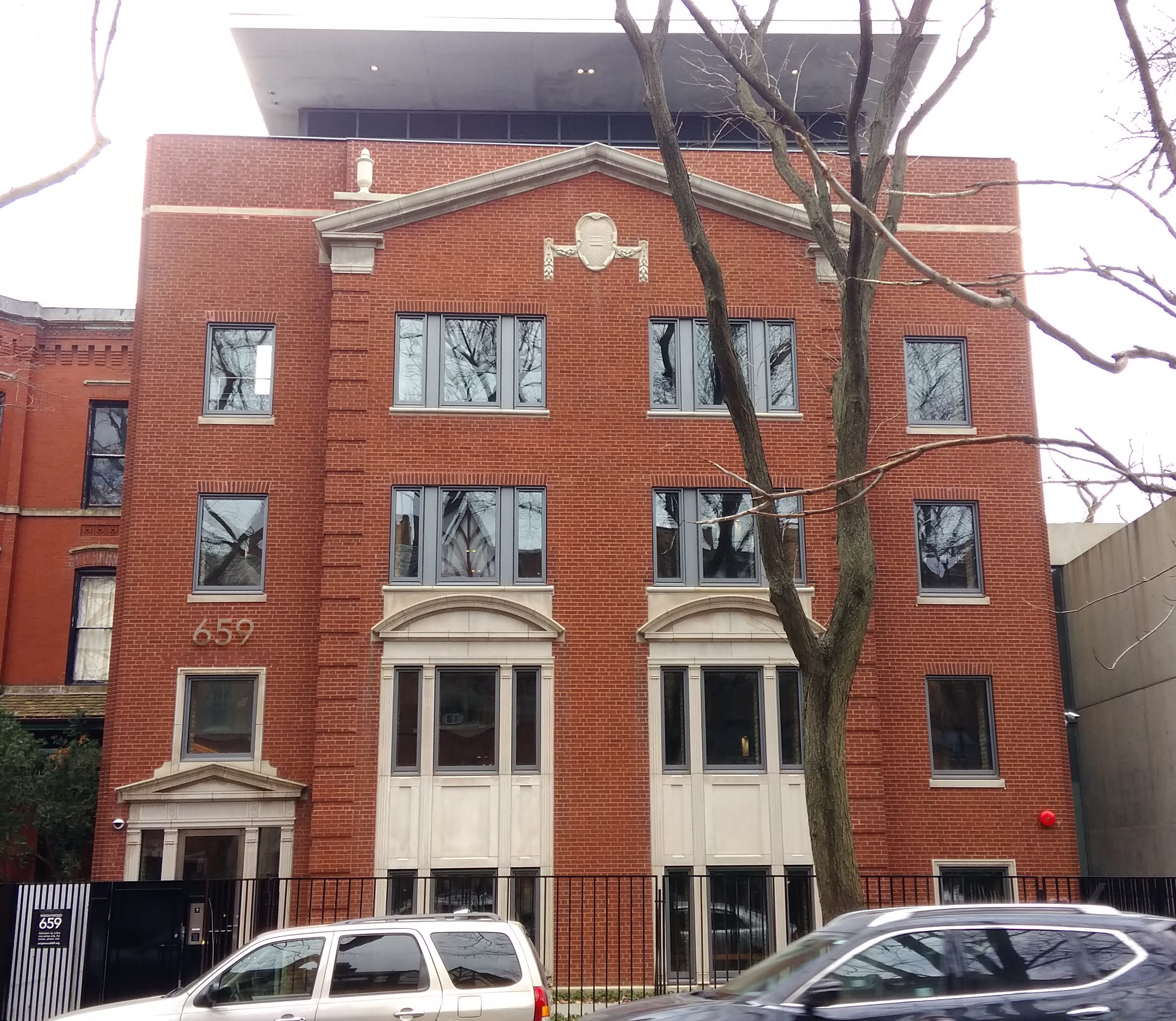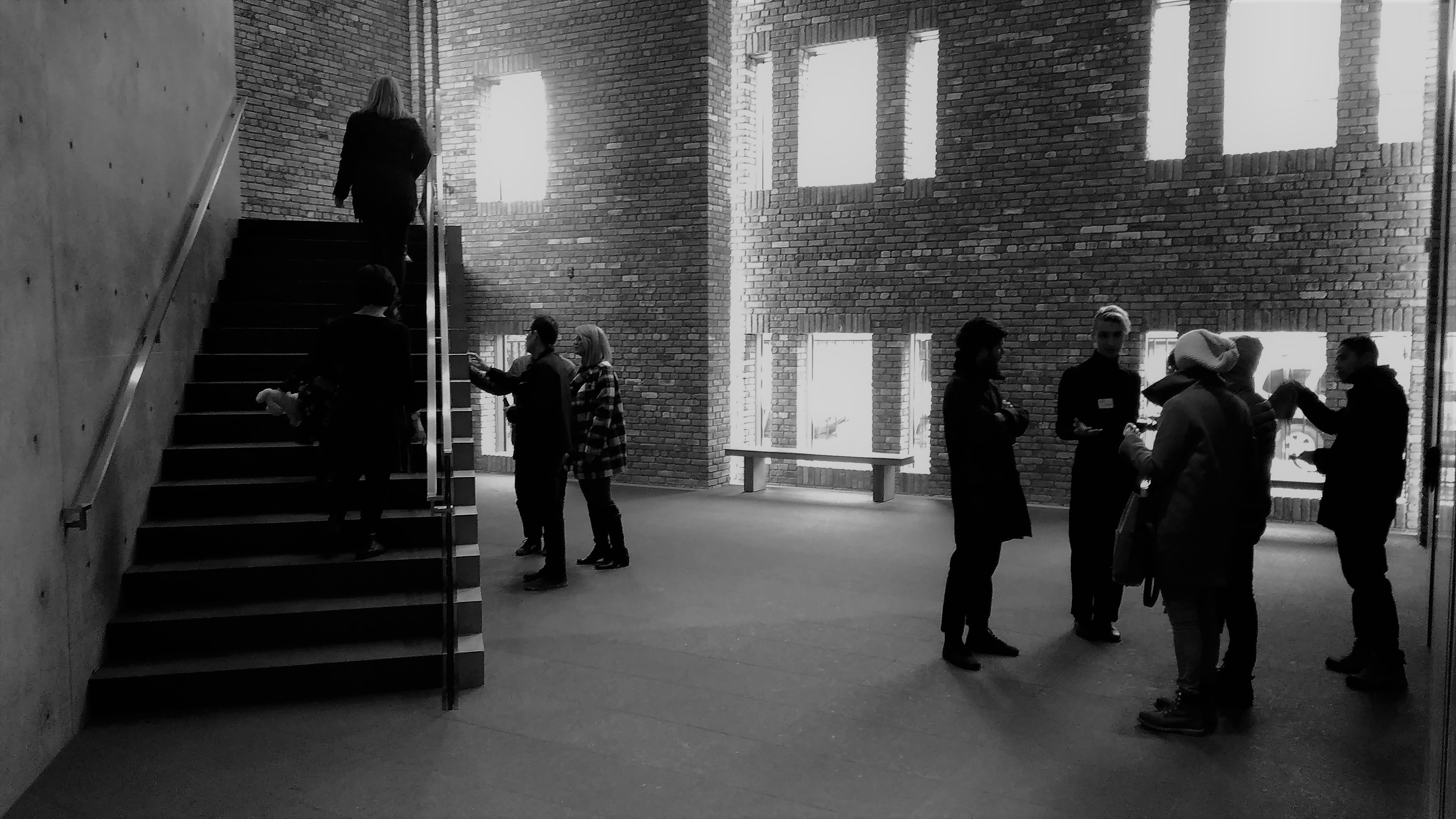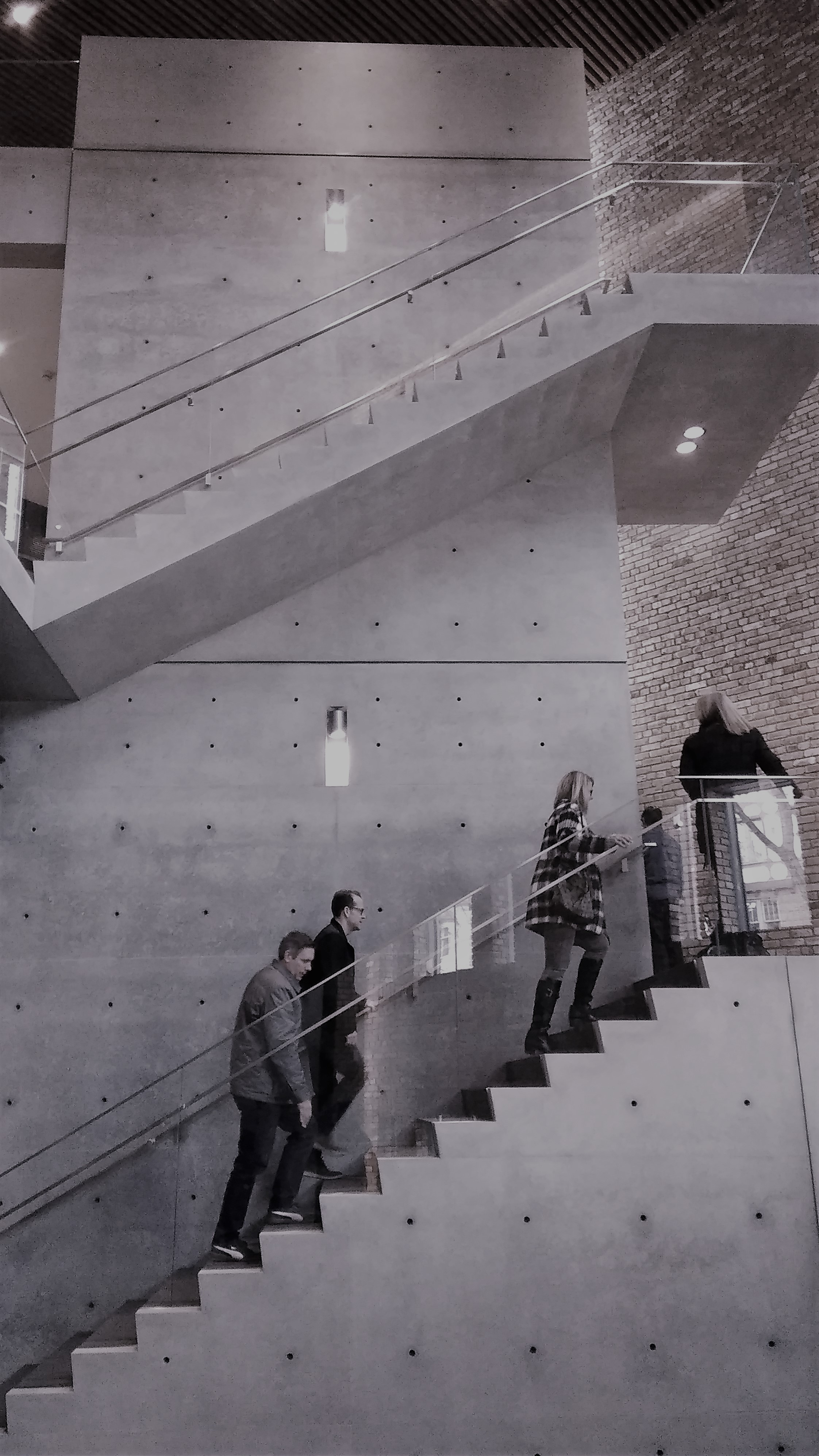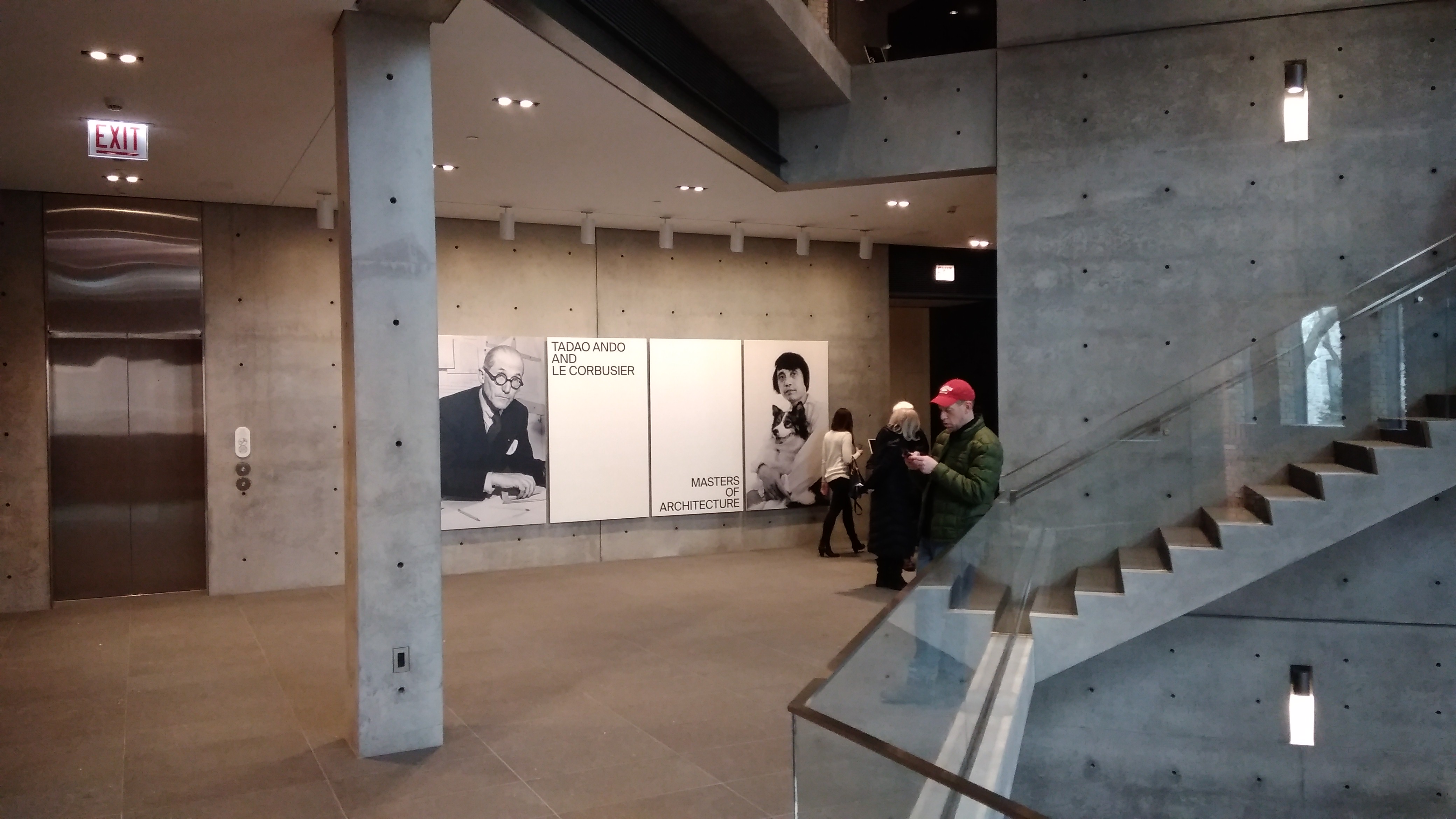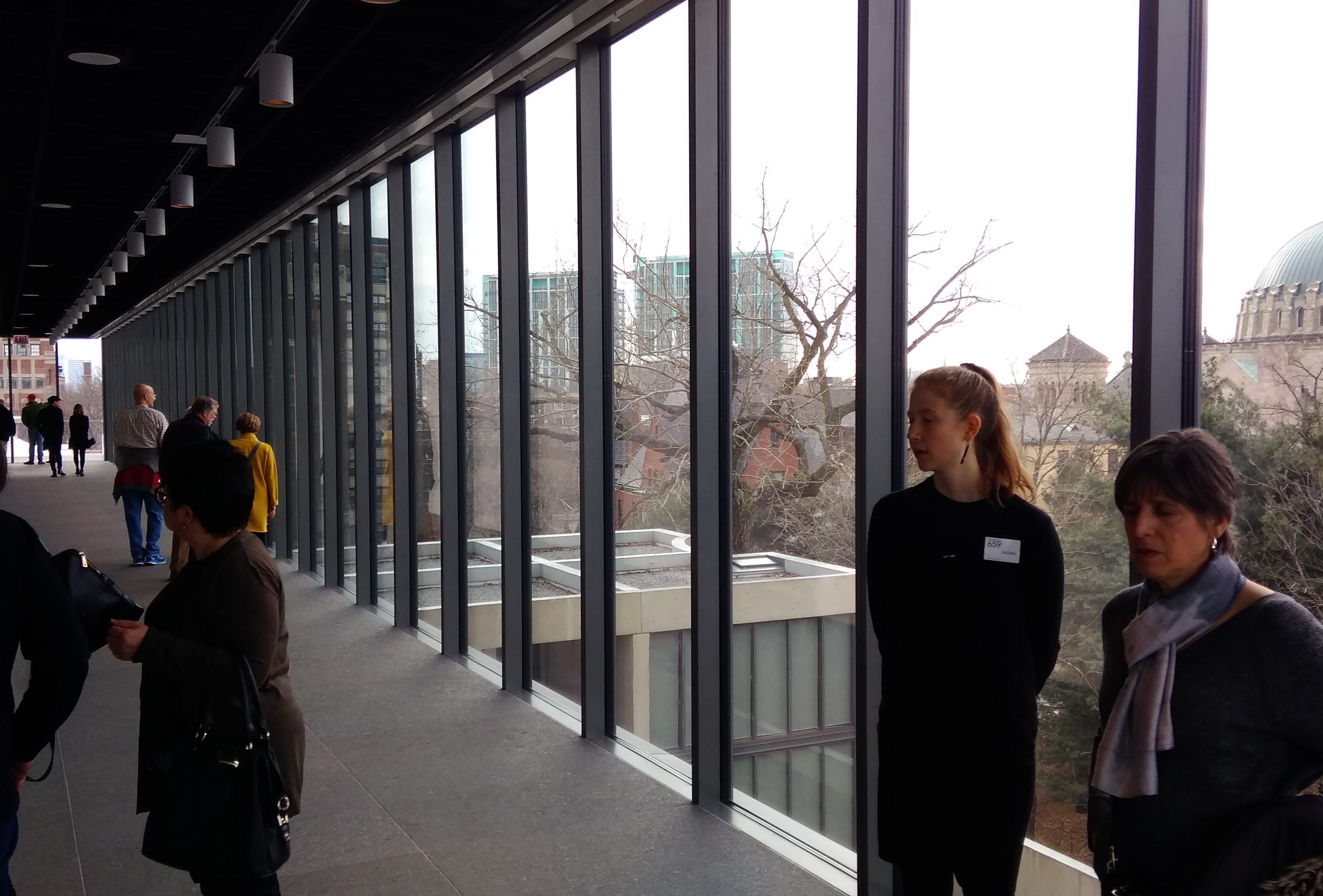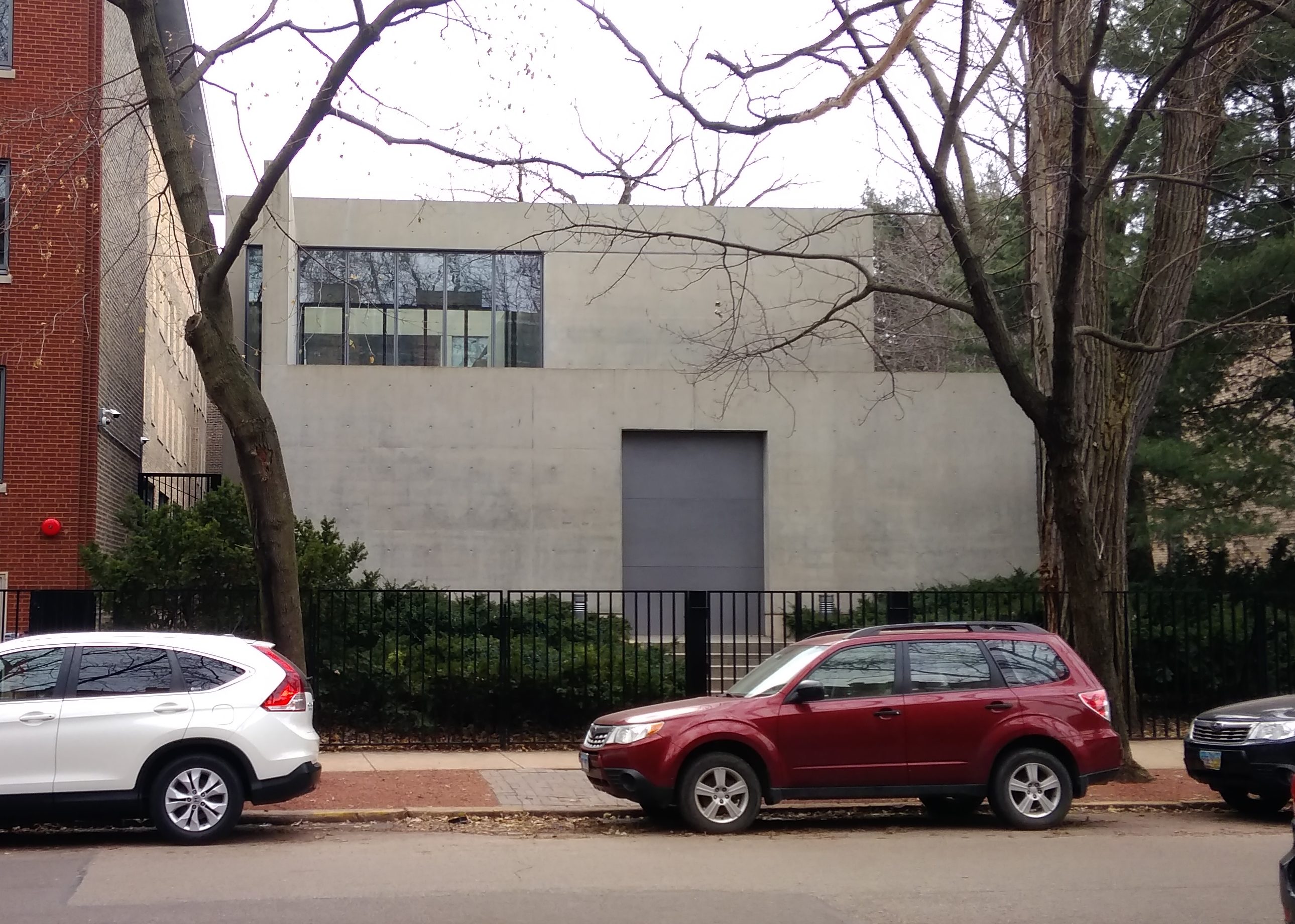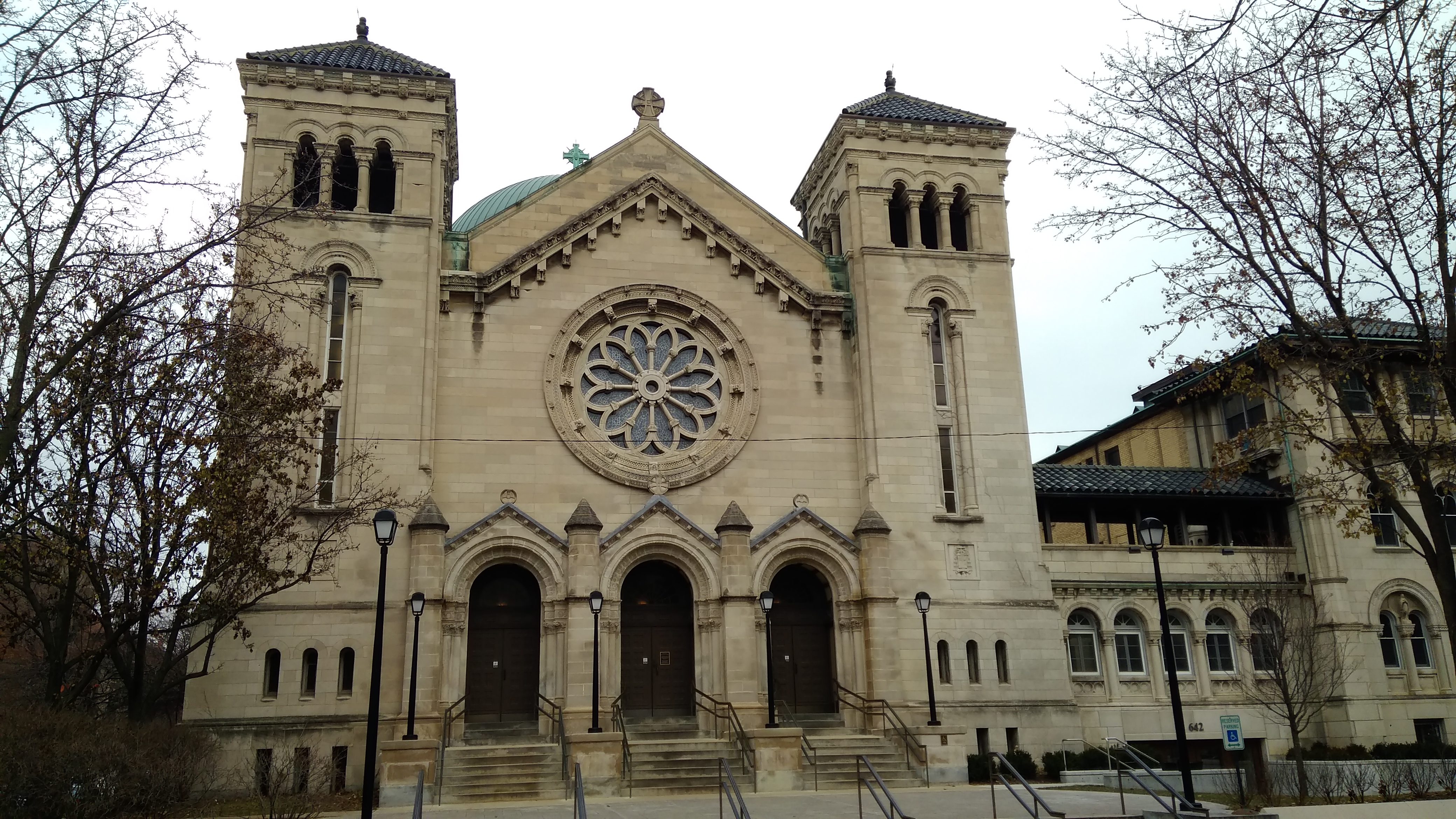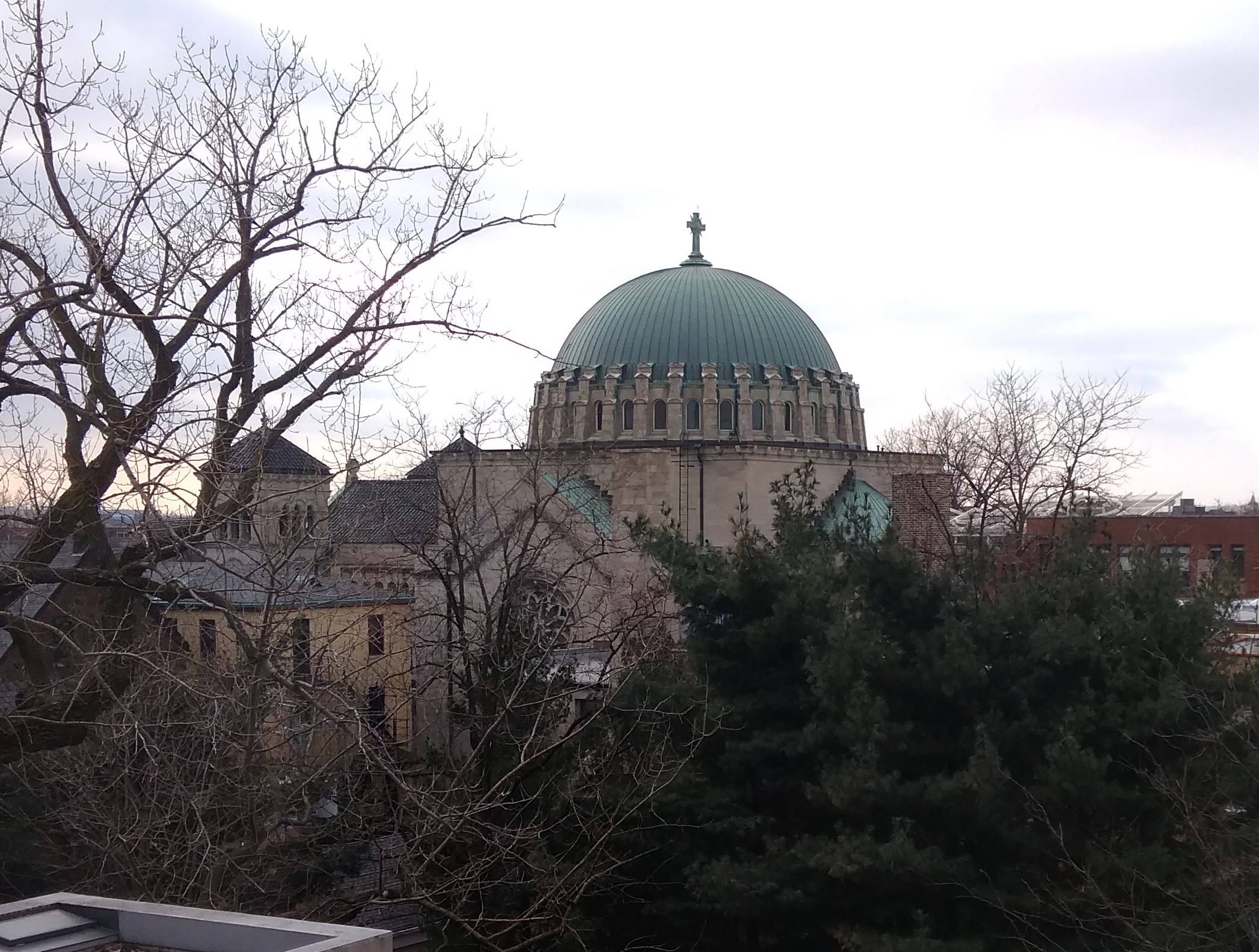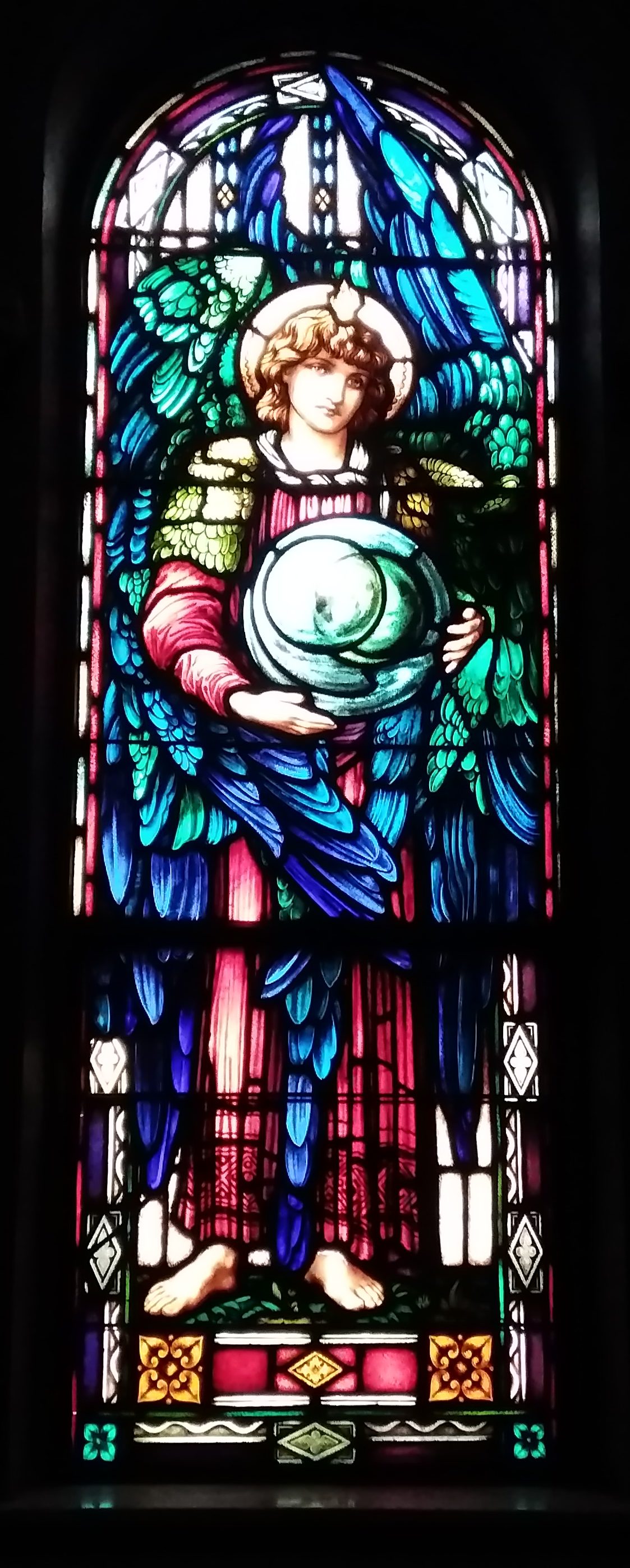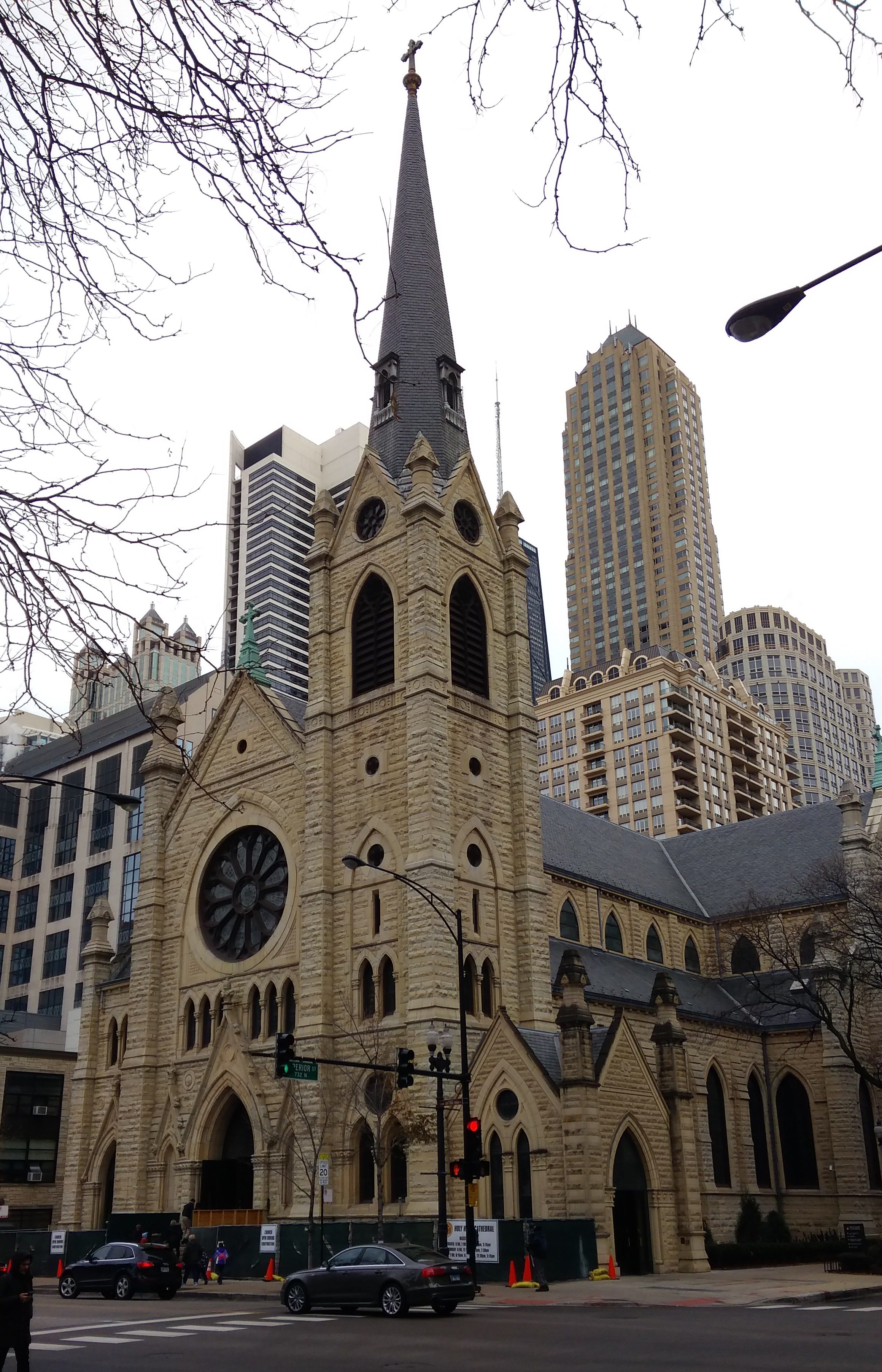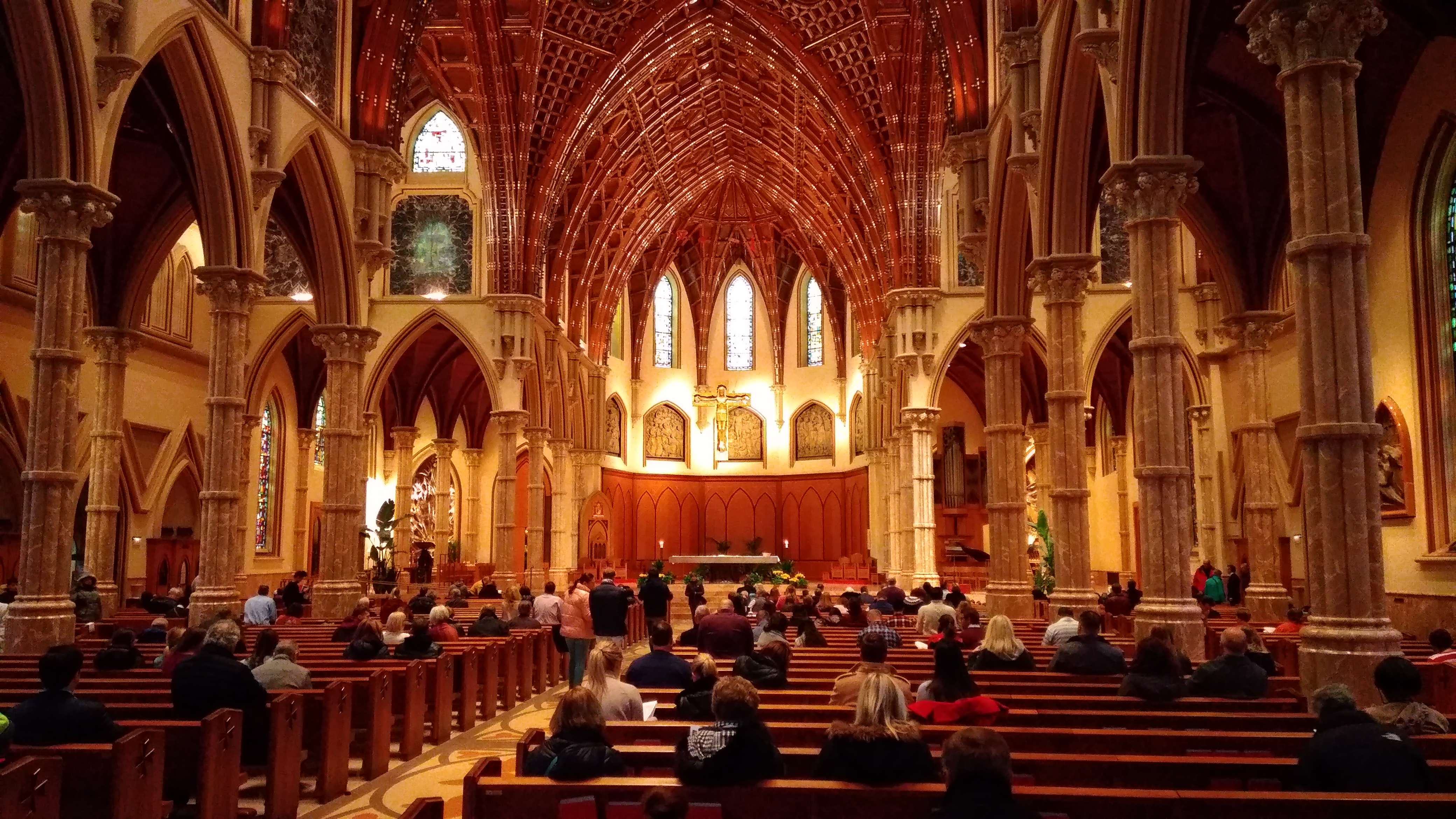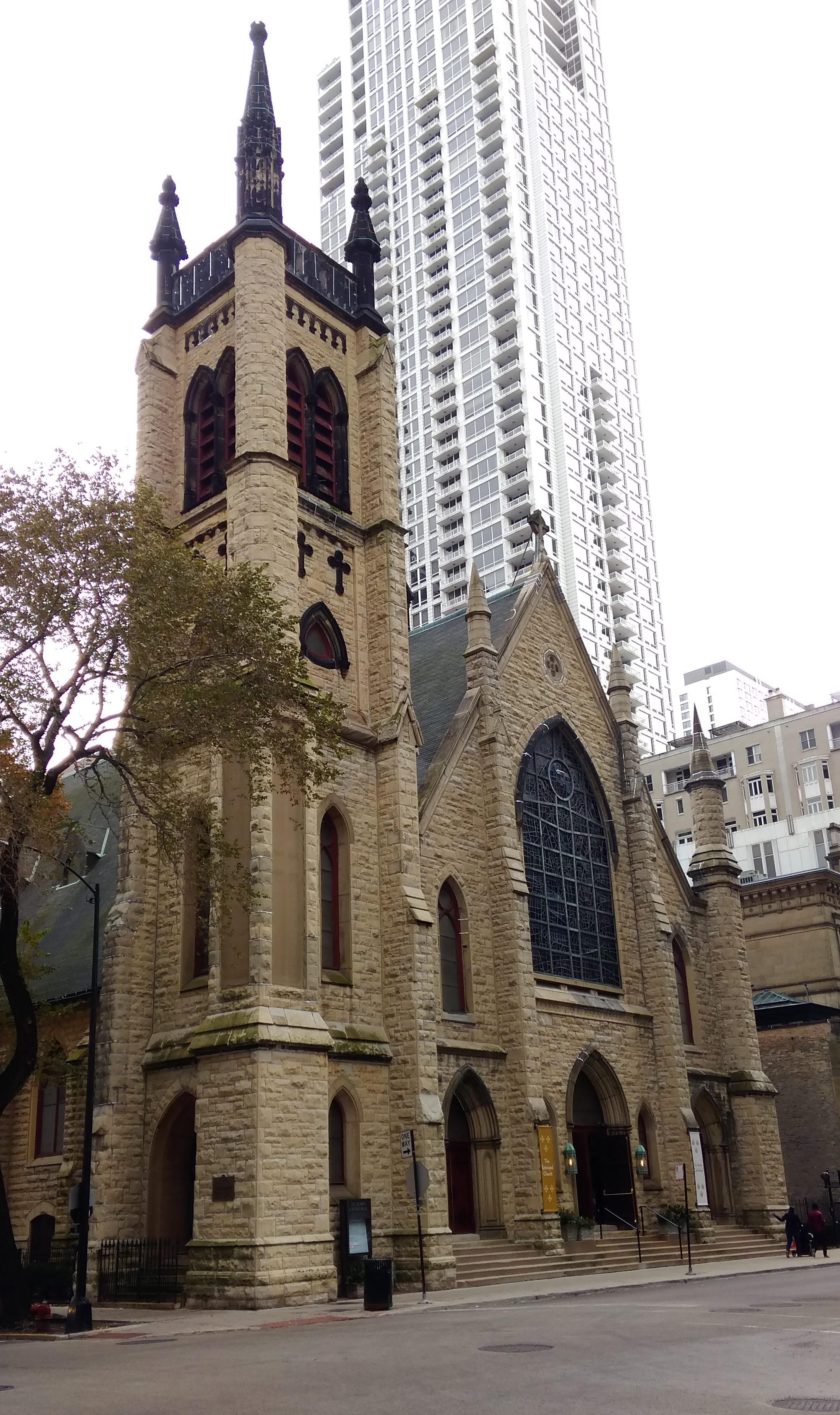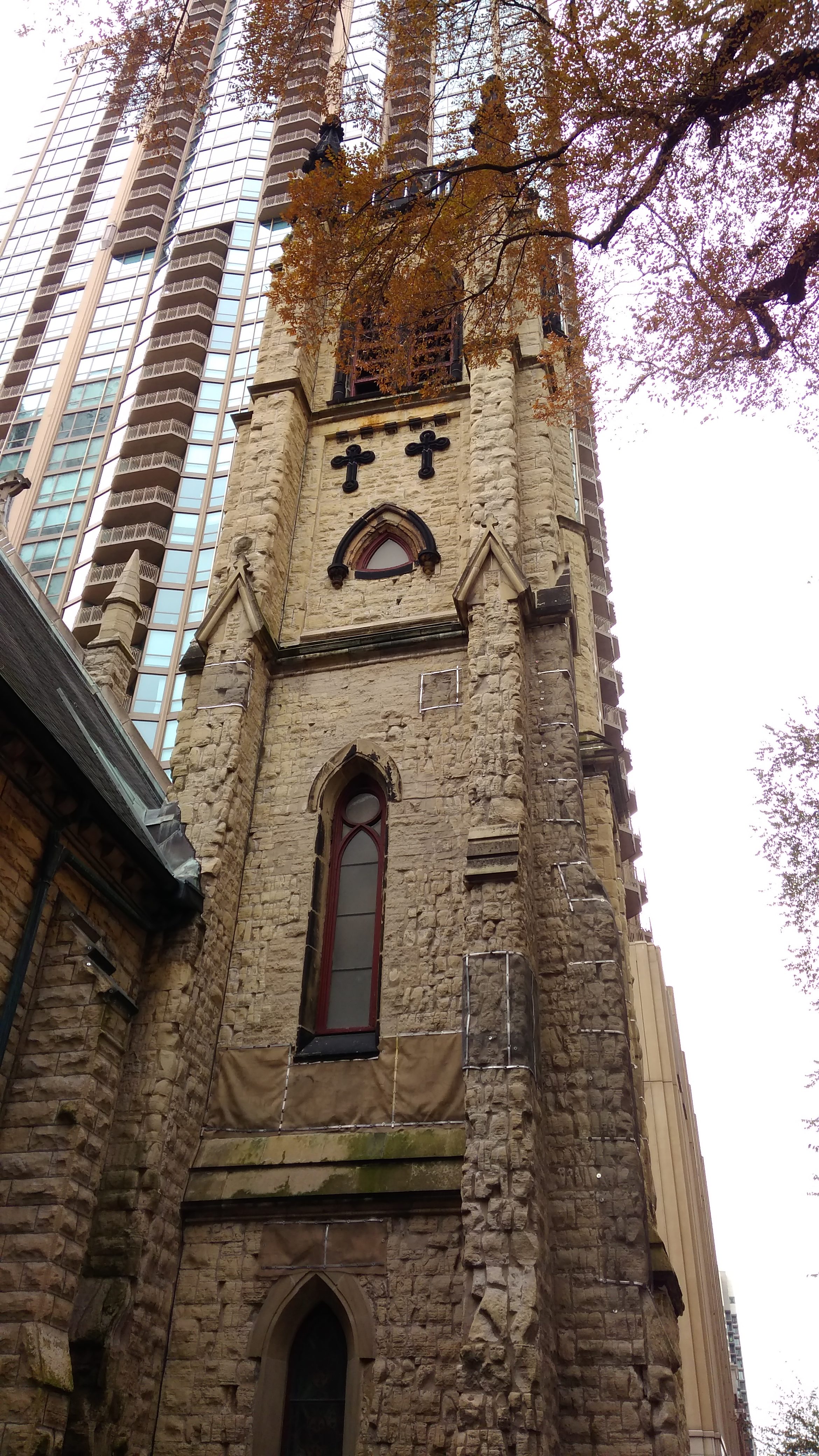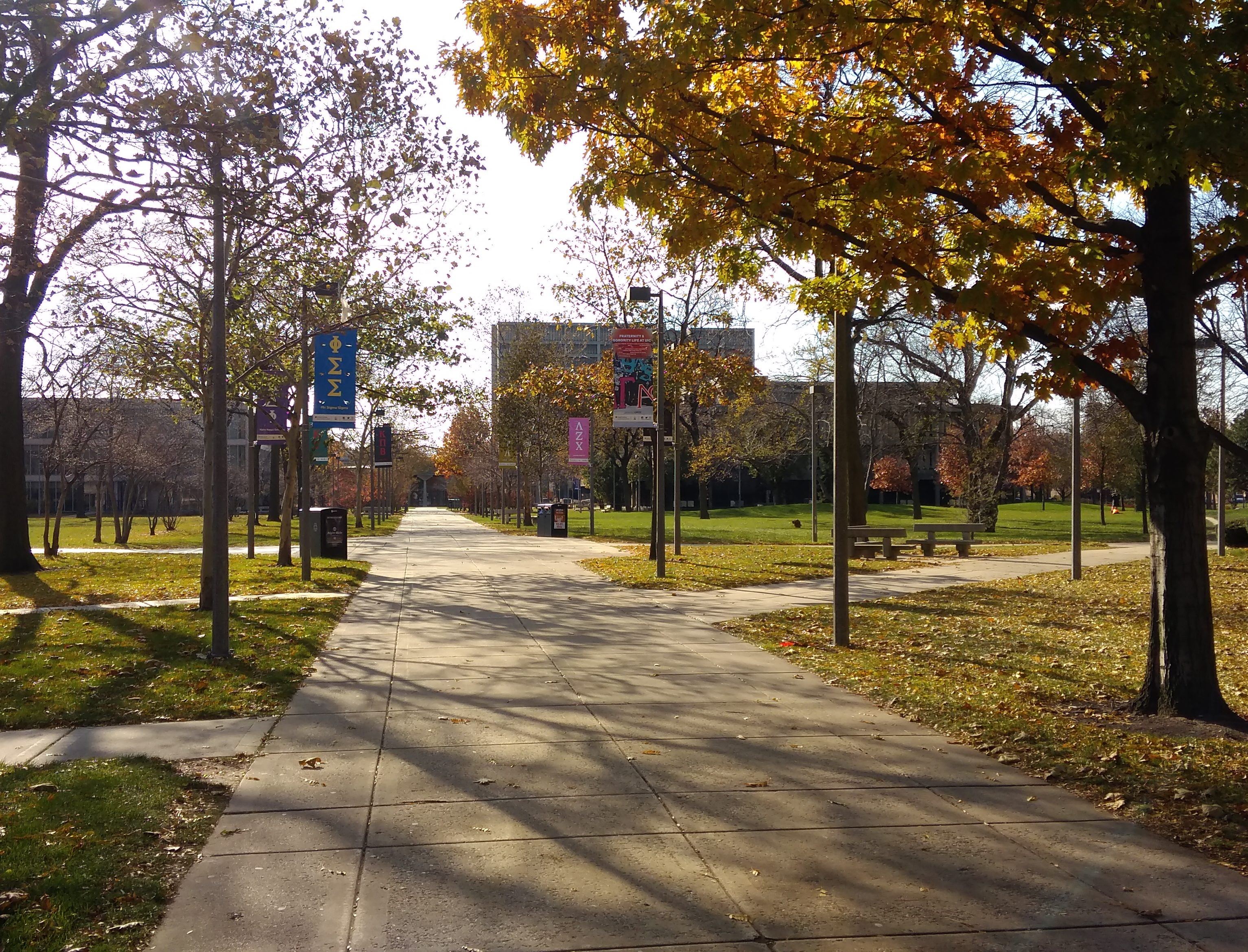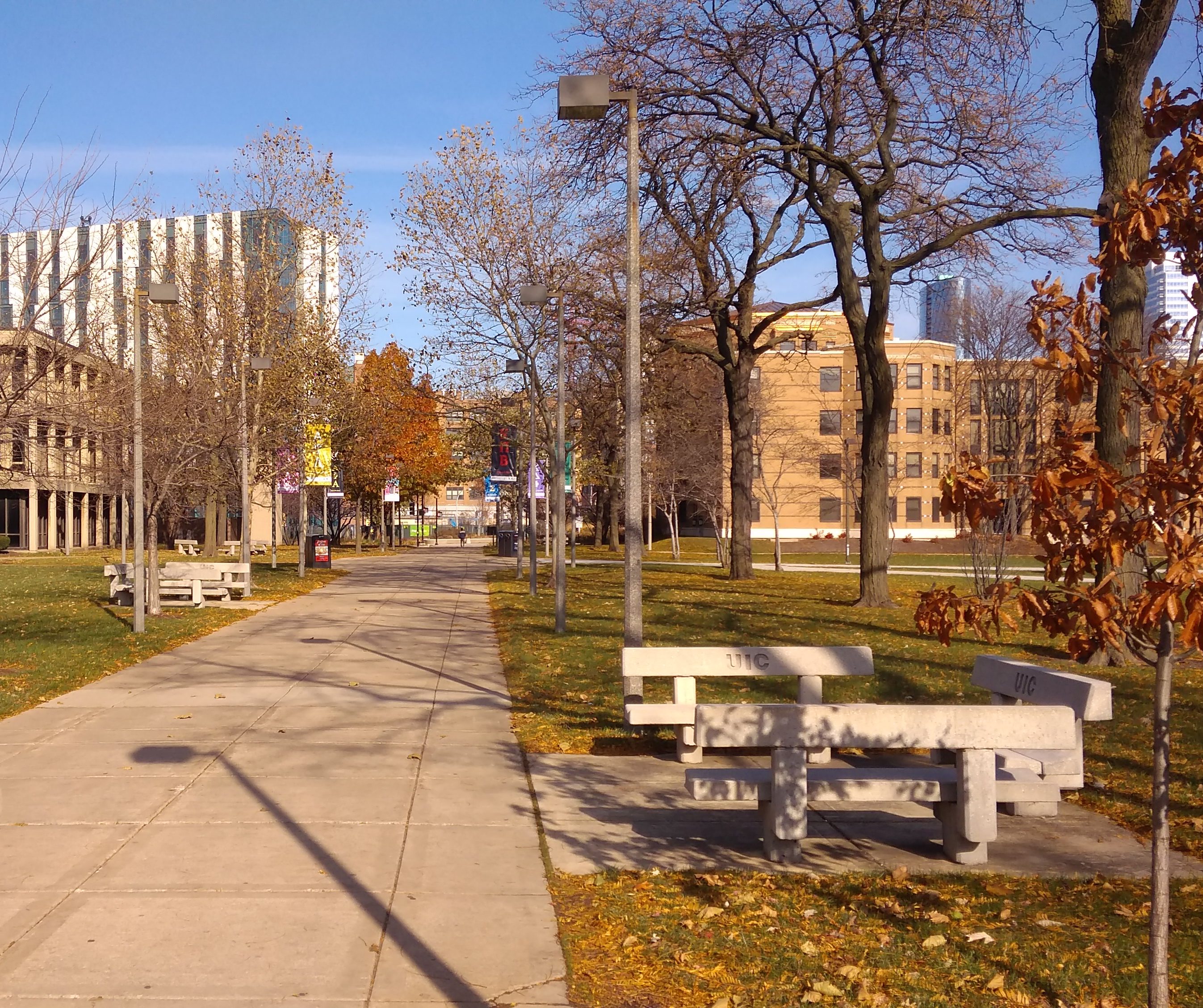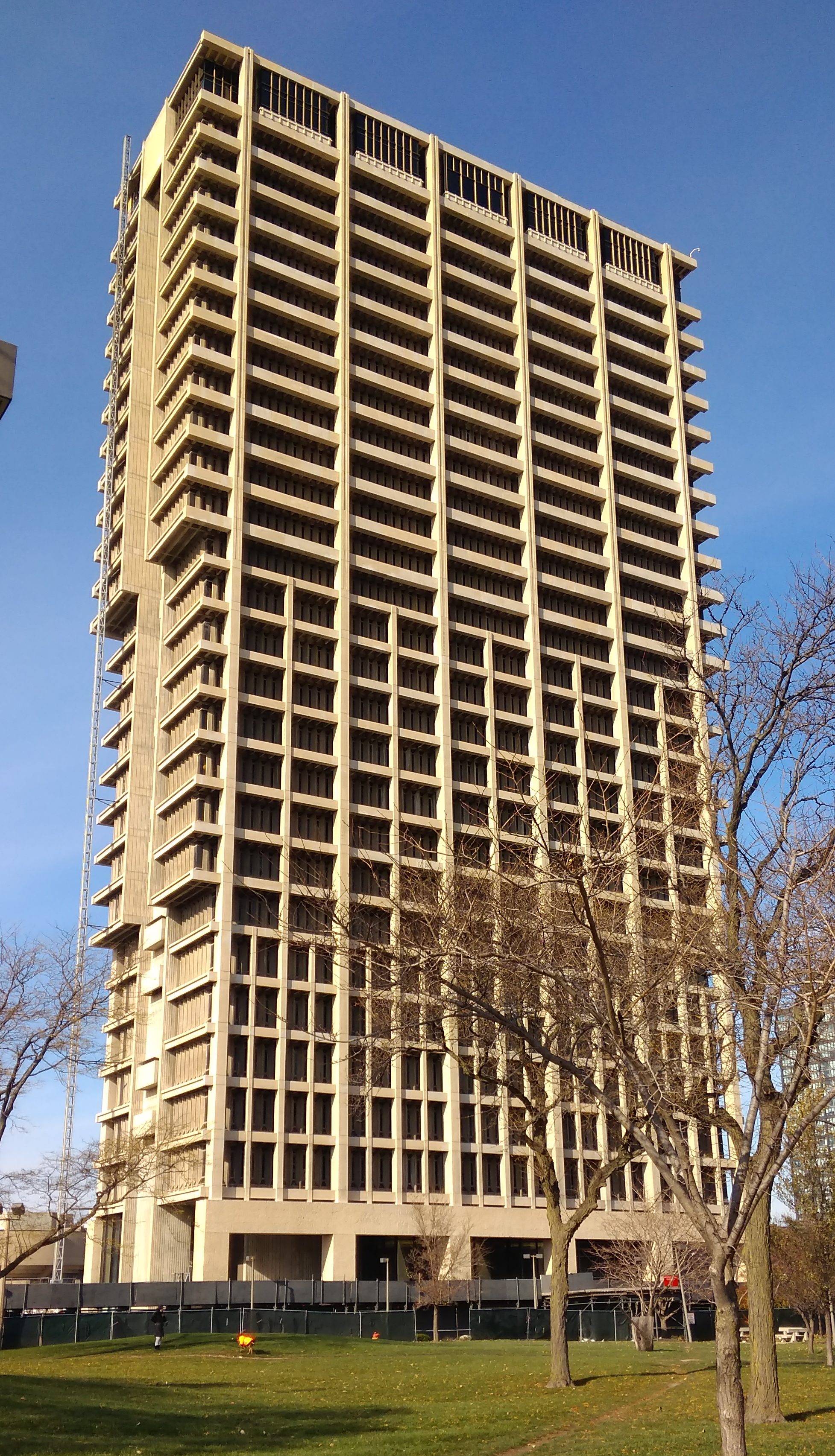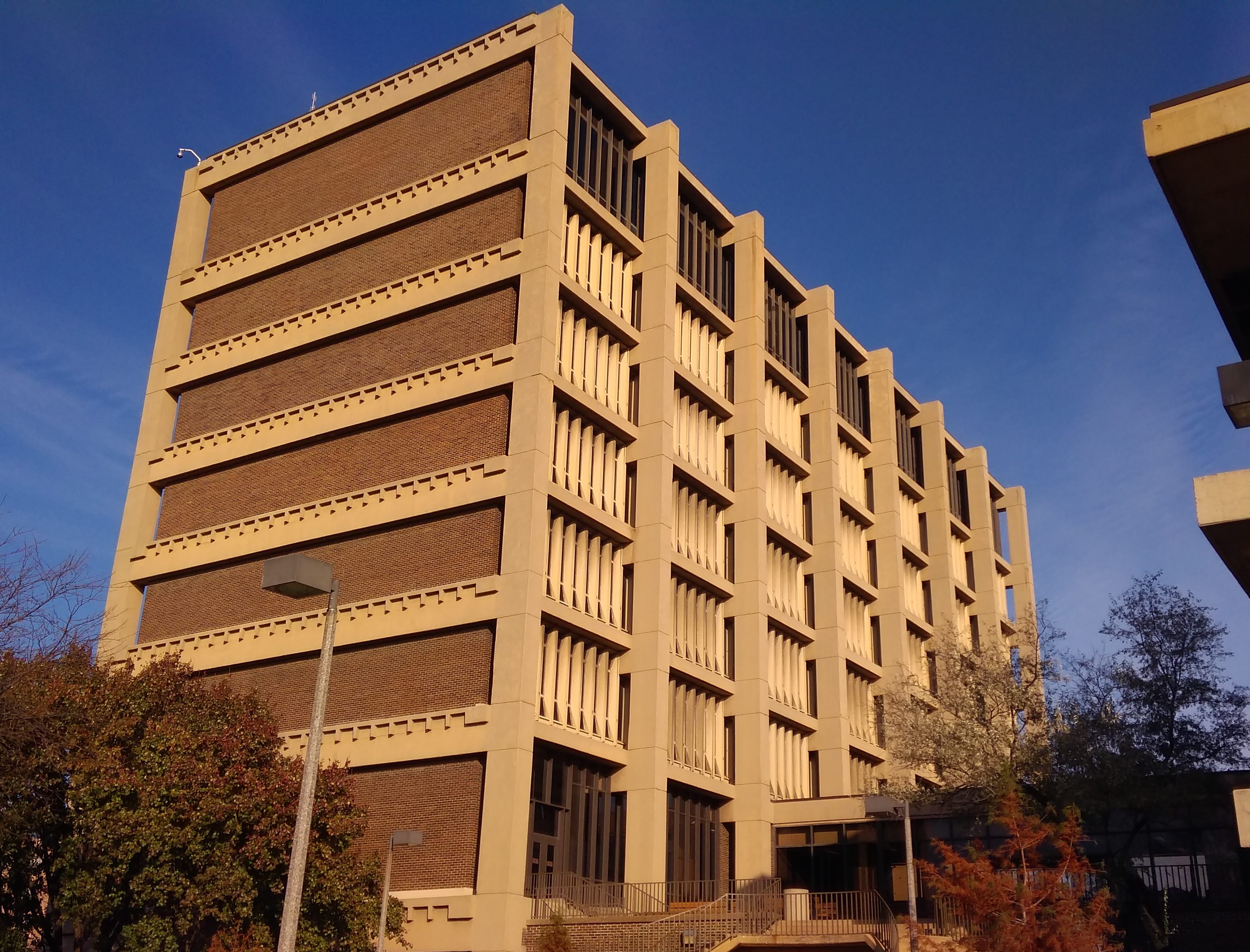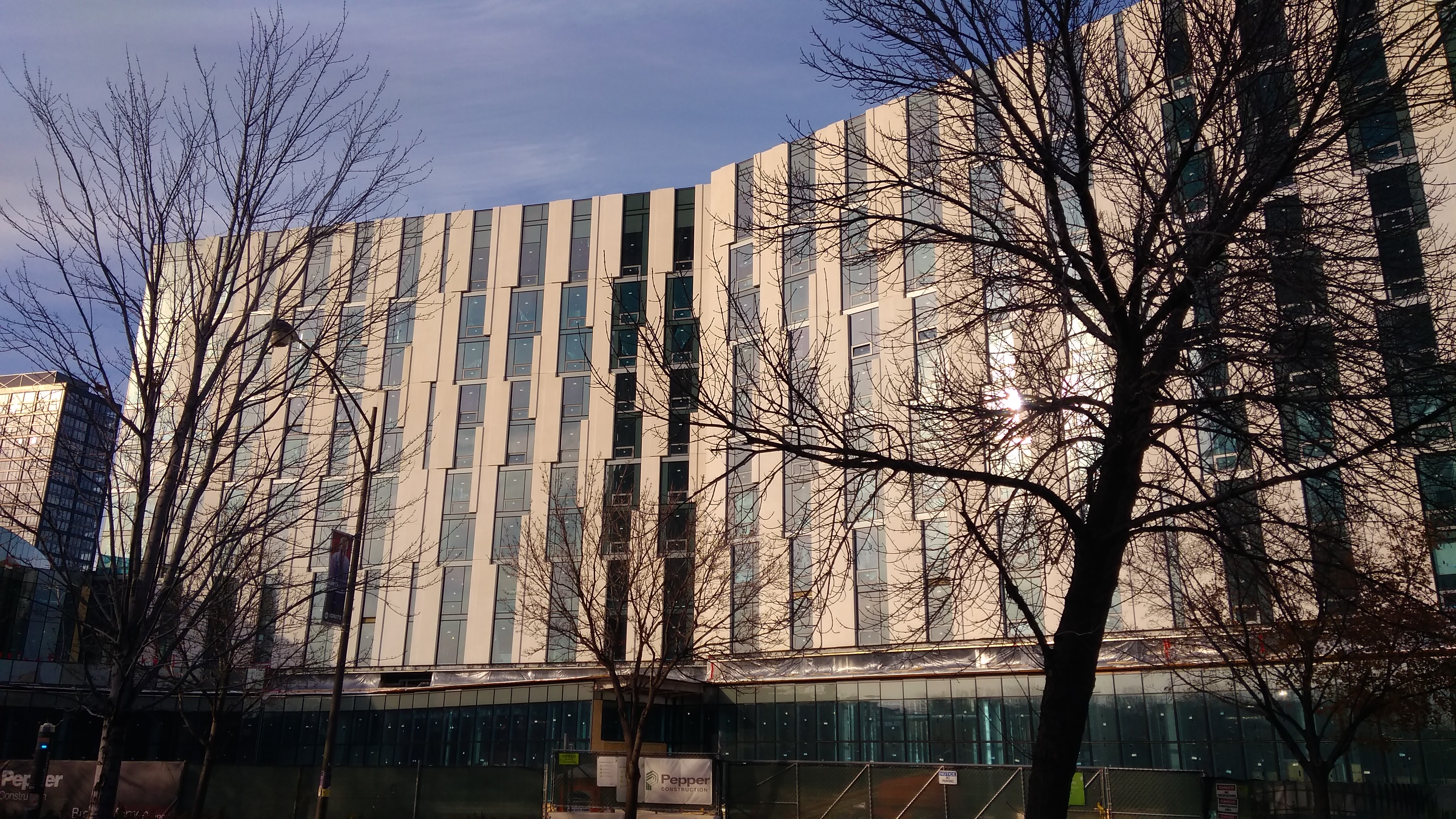If you want to see artful concrete, Tadao Ando is your man. I came to a fuller appreciation of that when we visited the 659 Wrightwood in Chicago late last year. On exhibit at the 659 were images of the Modern Art Museum of Fort Worth, an Ando design that looked pretty artful, too.
As it is.
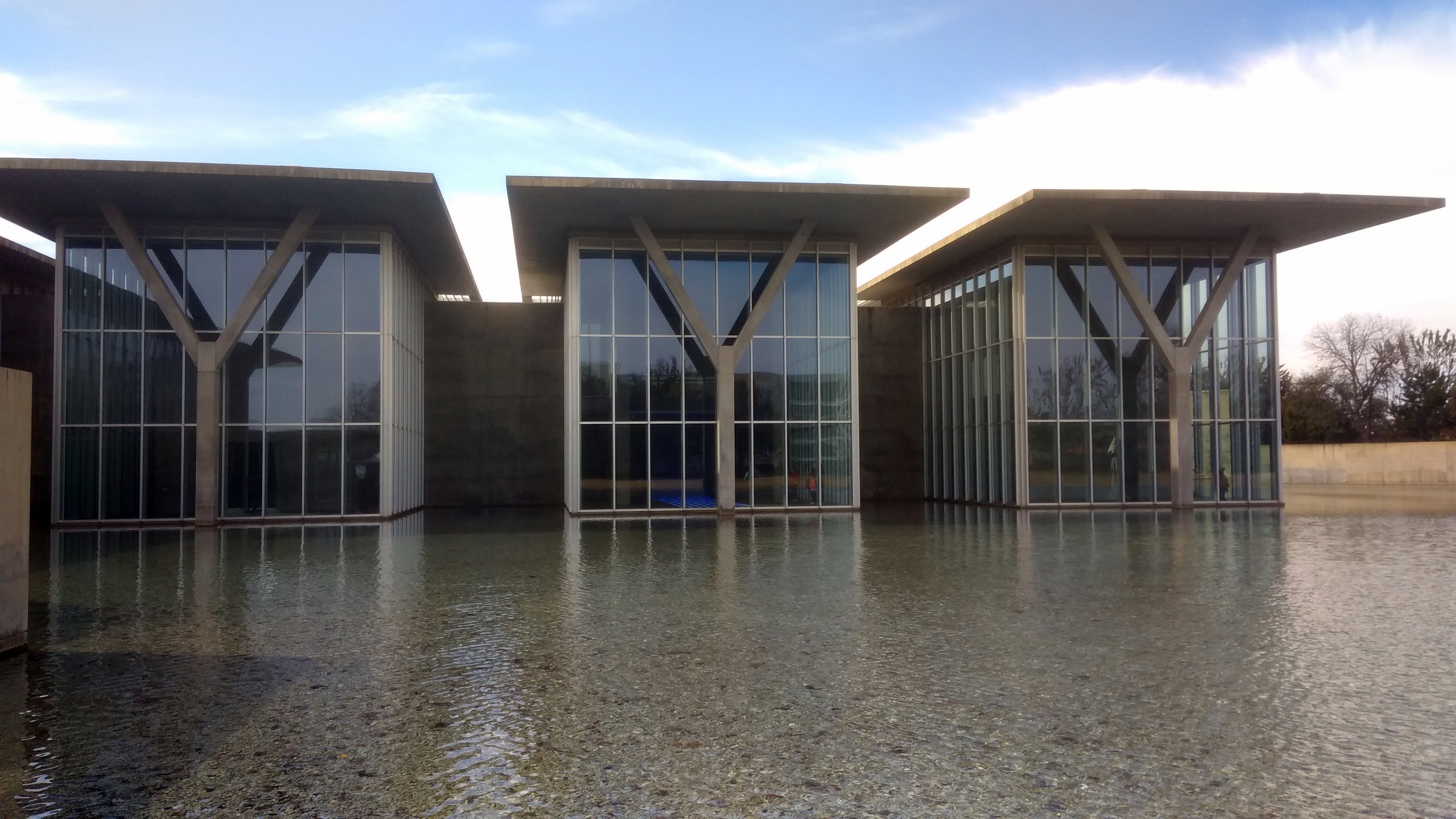 That’s the back of the structure, or at least the side facing the water feature and a scattering of outdoor sculptures, and sporting the museum’s distinctive Y beams.
That’s the back of the structure, or at least the side facing the water feature and a scattering of outdoor sculptures, and sporting the museum’s distinctive Y beams.
The front, or at least the side facing the parking lot and a public street, isn’t quite as distinctive, but it is handsome in a modernist sort of way.
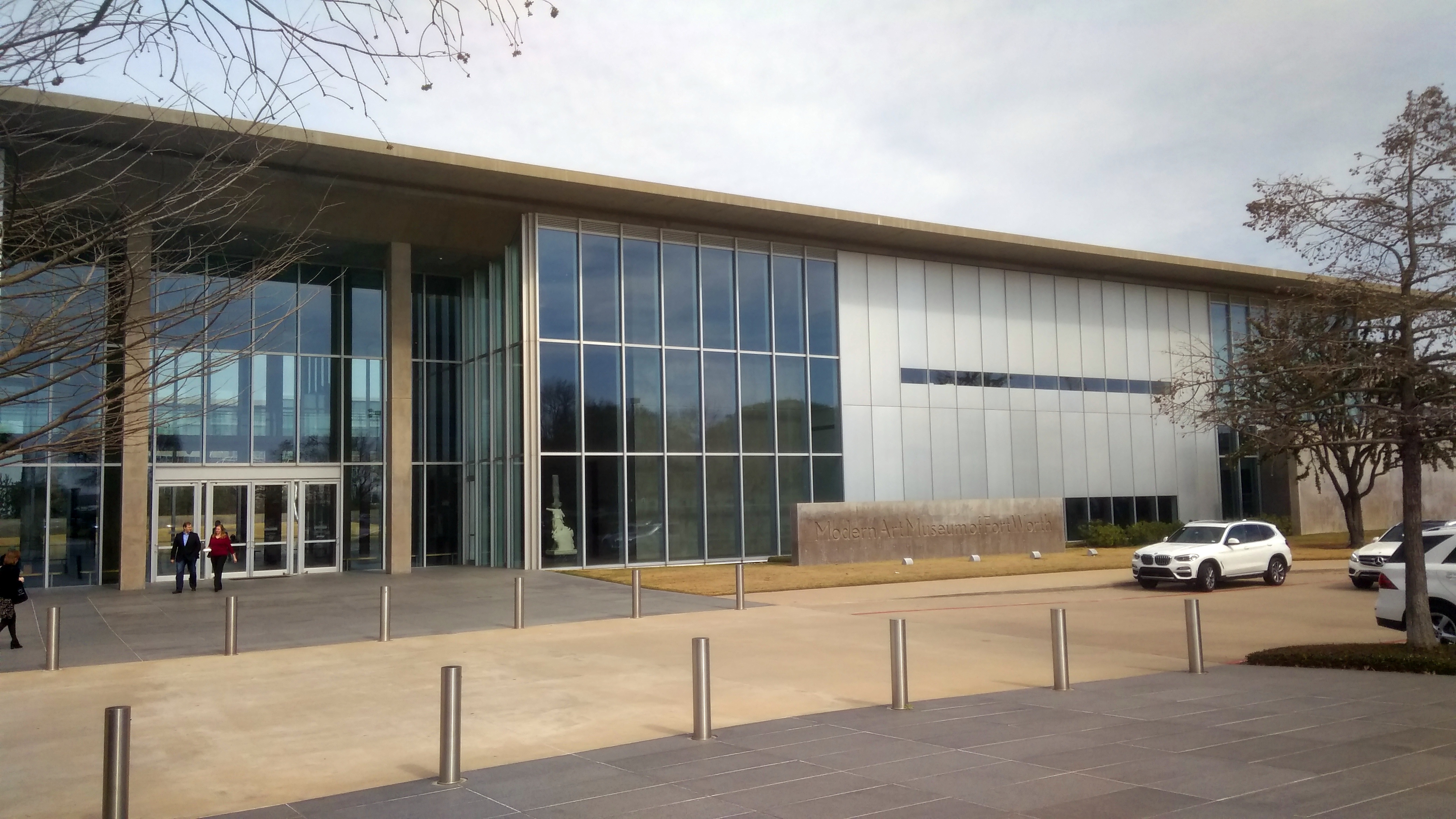 Ando’s design is apparent not only in the exterior, but in the smooth concrete walls that form parts of the interior.
Ando’s design is apparent not only in the exterior, but in the smooth concrete walls that form parts of the interior.
The Modern is one of a cluster of art museums in Fort Worth that also includes the Amon Carter Museum of American Art (designed by Philip Johnson) and the Kimbell Art Museum (Louis Kahn and Renzo Piano). The last time I spent a day in Fort Worth, early in 1990, I visited both of those. The Modern didn’t exist then, opening only in 2002.
How best to approach a museum whose collection is as eclectic as the Modern? Wander around and look at things. Some works will be interesting, some less so. I try to wander around upper-end grocery stores with the same attitude in mind, if I have time.
The usual modern suspects were all in evidence at the Modern: Picasso, Lichtenstein, Rothko, Andy Warhol, Jackson Pollack, Josef Albers, Henry Moore and more. Worth seeing, but it’s also good to see interesting works by artists that aren’t quite as well known.
Such as “Ladder for Booker T. Washington” by Martin Puryear (1996), a wooden ladder-like structure fixed to the floor that winds its way upward. It doesn’t merely appear to shrink in size as it rises, it actually does. The surrounding Ando-style concrete walls add to the effect.
Or the curious “Camouflage Botticelli (Birth of Venus)” by Alain Jacquet (1963-64), an image of Venus on a cockle shell merged with a Shell gas pump.
For something newer, and more kinetic, there’s “Kind of Blue” by Jenny Holzer (2012), an array of nine LED signs with blue diodes fixed to the floor, emitting blue words that appear to flow along. As far as I could tell, there was no direct reference to the Miles Davis album of that name, but I could easily be wrong.
The video also offers a good look at the tall glass windows that overlook the museum’s shallow water feature — essentially a field of rocks covered by a little water.
Photography is part of the Modern’s collection as well. One wall sported a number of gelatin silver prints of water towers in France, Germany and the U.S. by Bernd and Hilla Becher. How is this tower in Dortmund-Grevel, Germany, anything but a delight?
Near the museum’s front entrance is “Vortex” by Richard Serra (2002), who is best known to us rubes for the notorious “Tilted Arc” in DC.
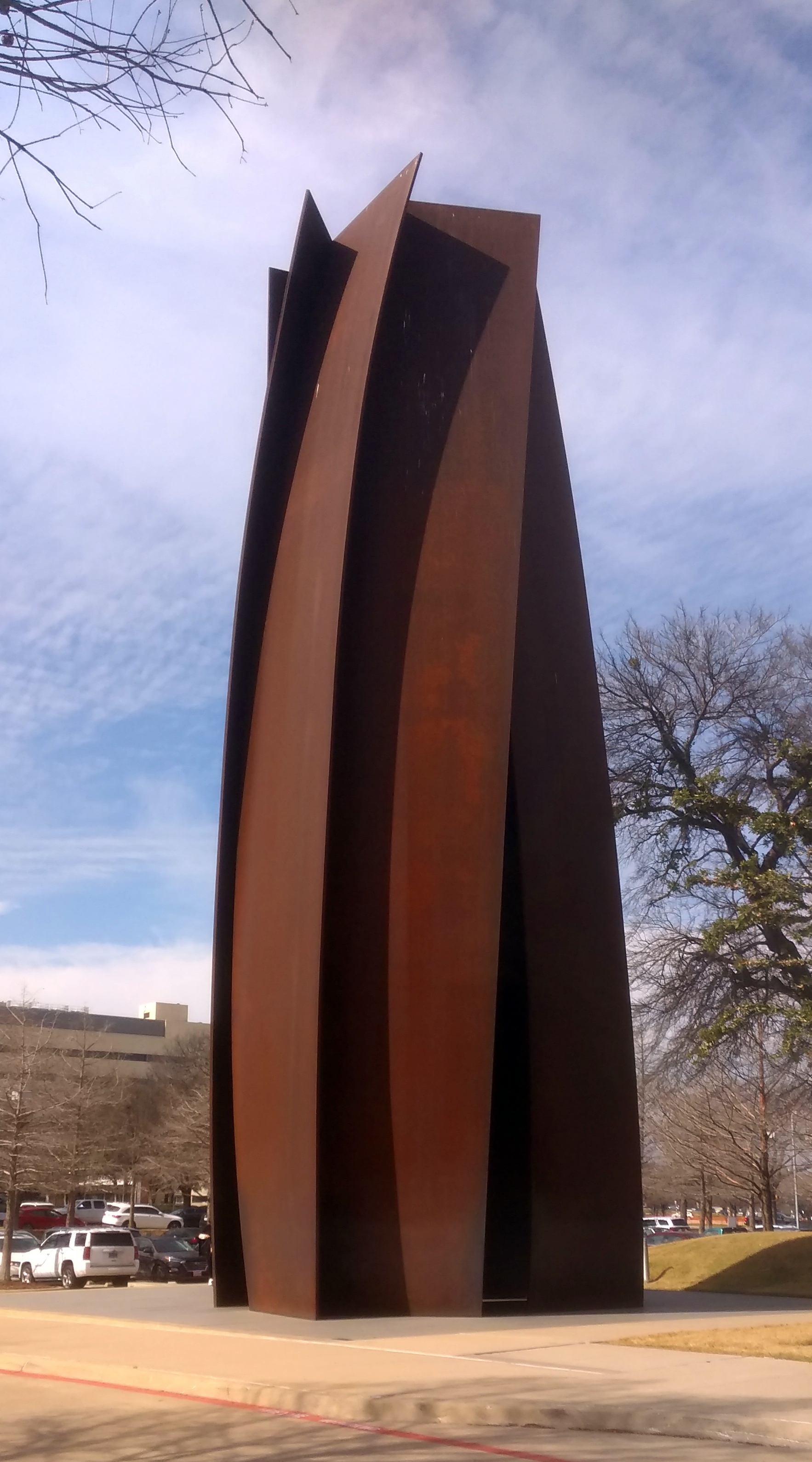 On the other side of the museum, beyond the water feature, we took a look at a familiar figure.
On the other side of the museum, beyond the water feature, we took a look at a familiar figure.
“Conjoined” by Roxy Paine (2007), done in stainless steel. I remember seeing his work at the National Sculpture Garden and, I believe, at the Denver Art Museum, the Frederik Meijer Gardens and Sculpture Park, the Crystal Bridges Museum of American Art, MOMA and the Hirshhorn. Cool. But does lightning strike the Modern piece?
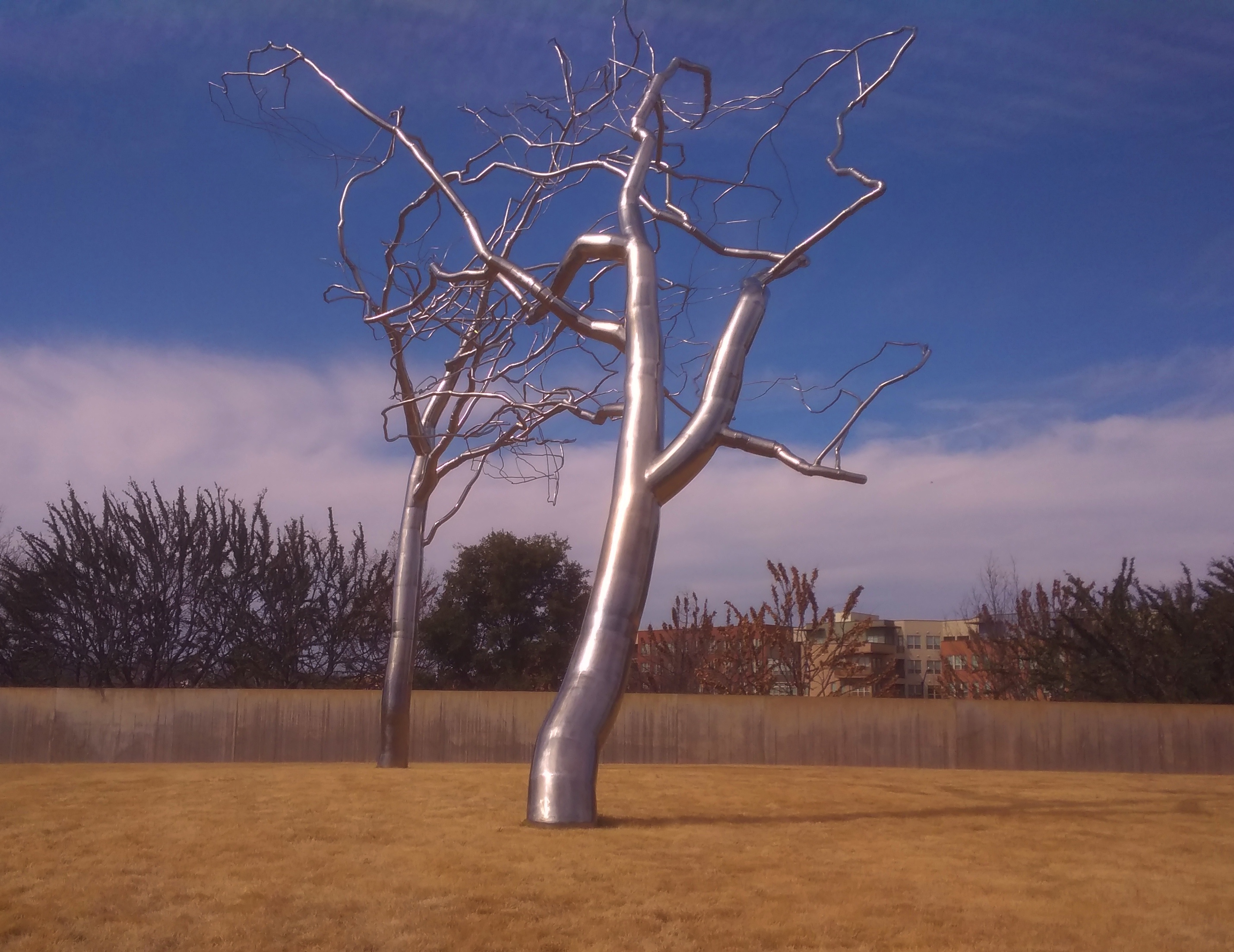
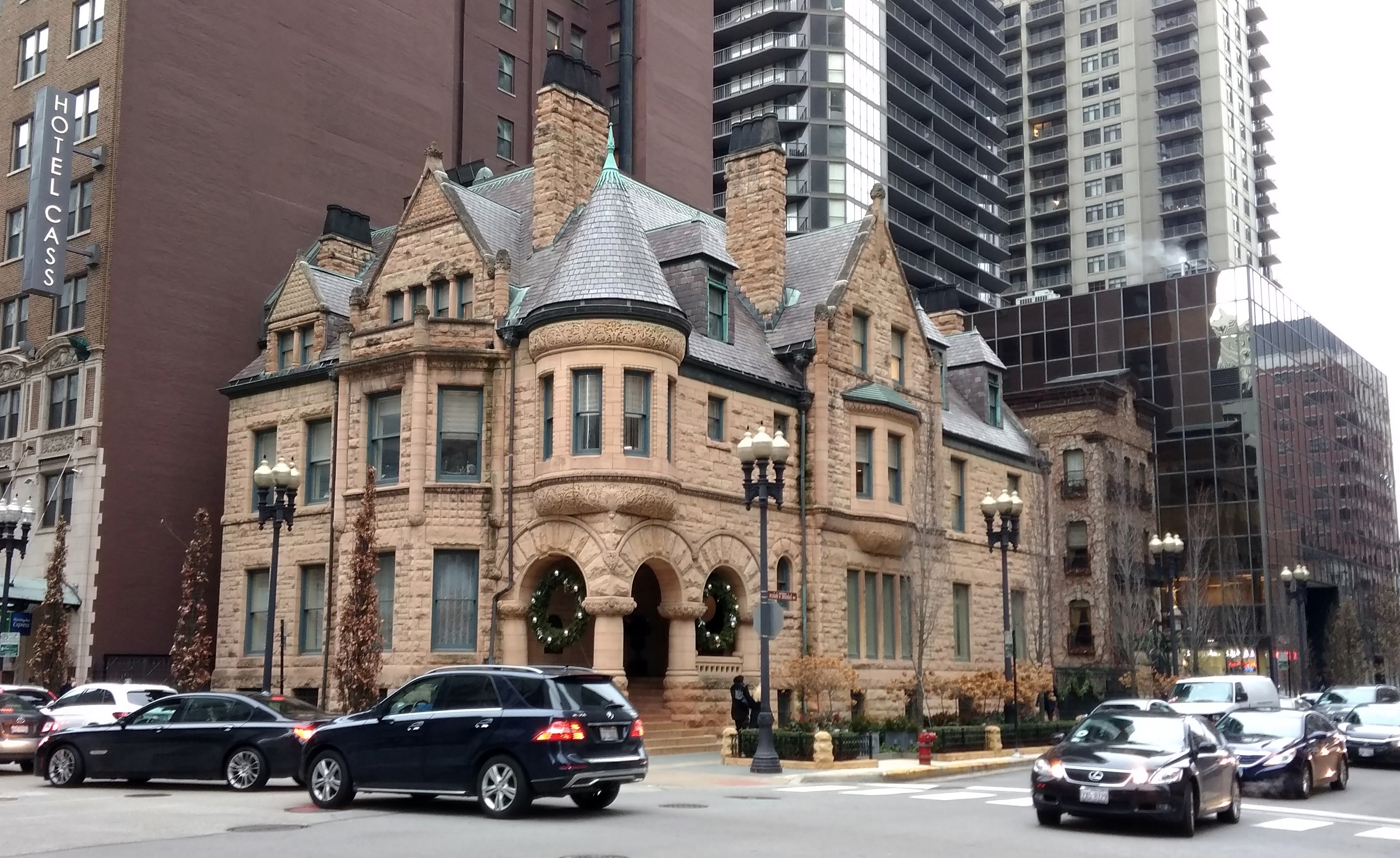
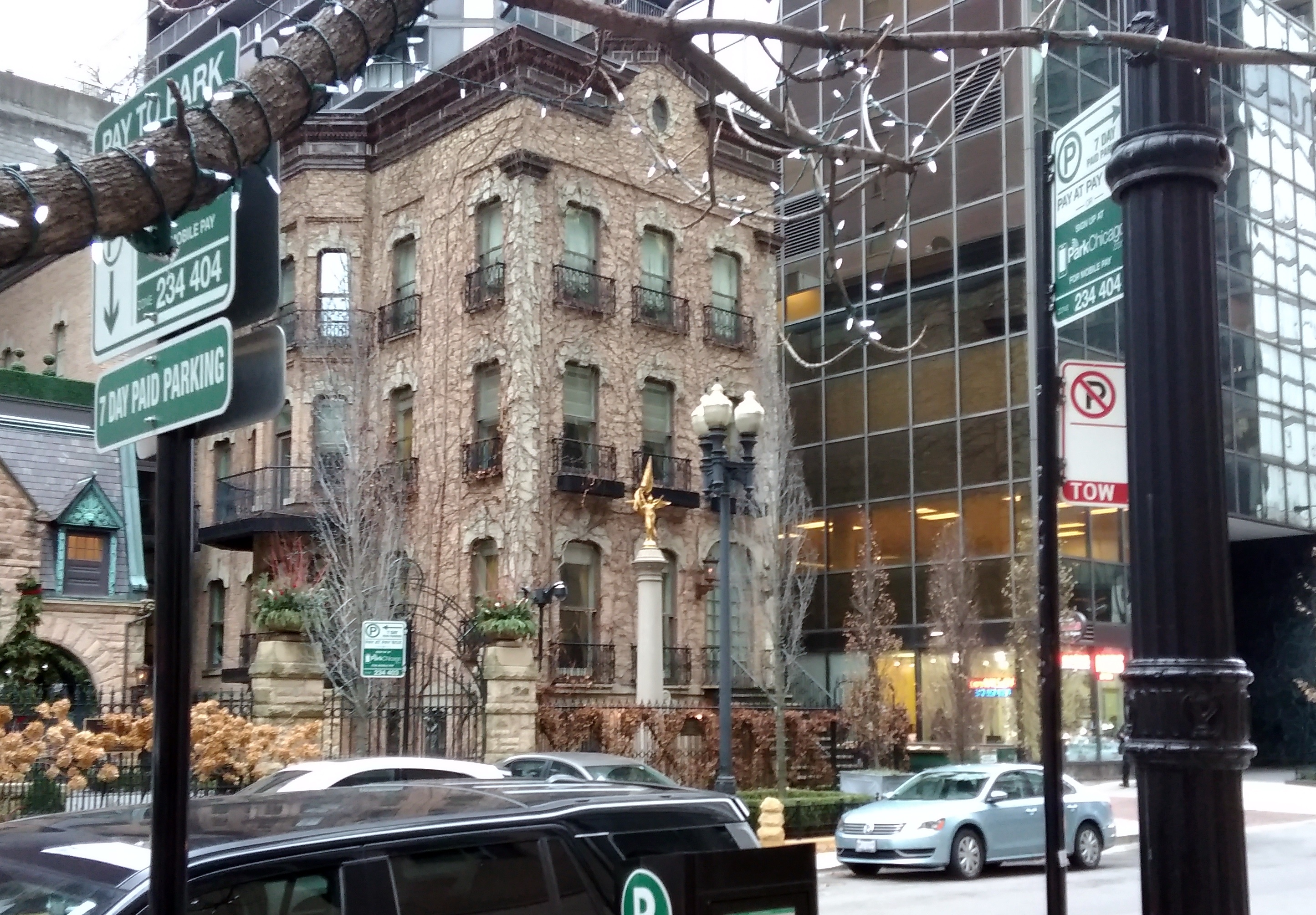
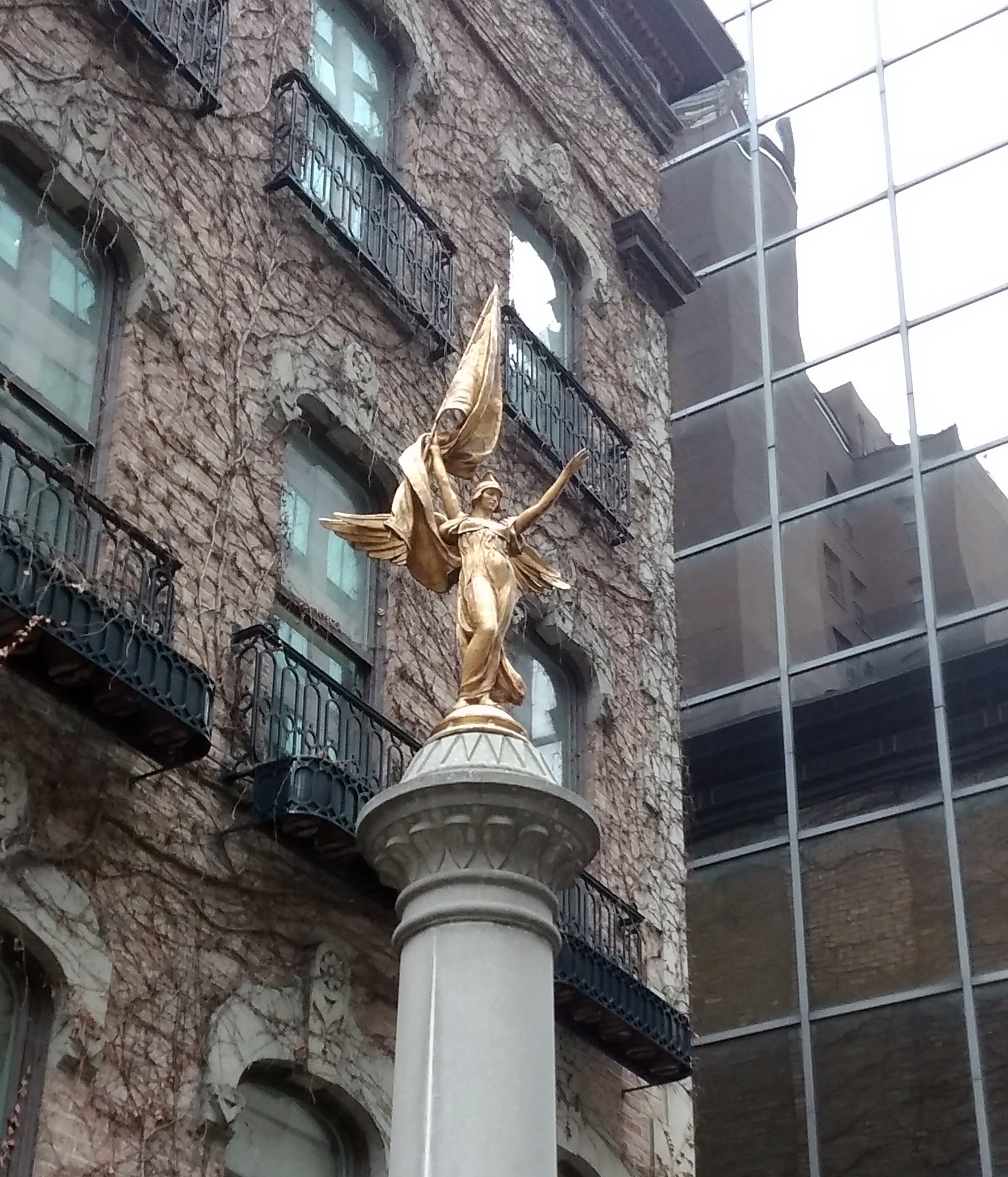
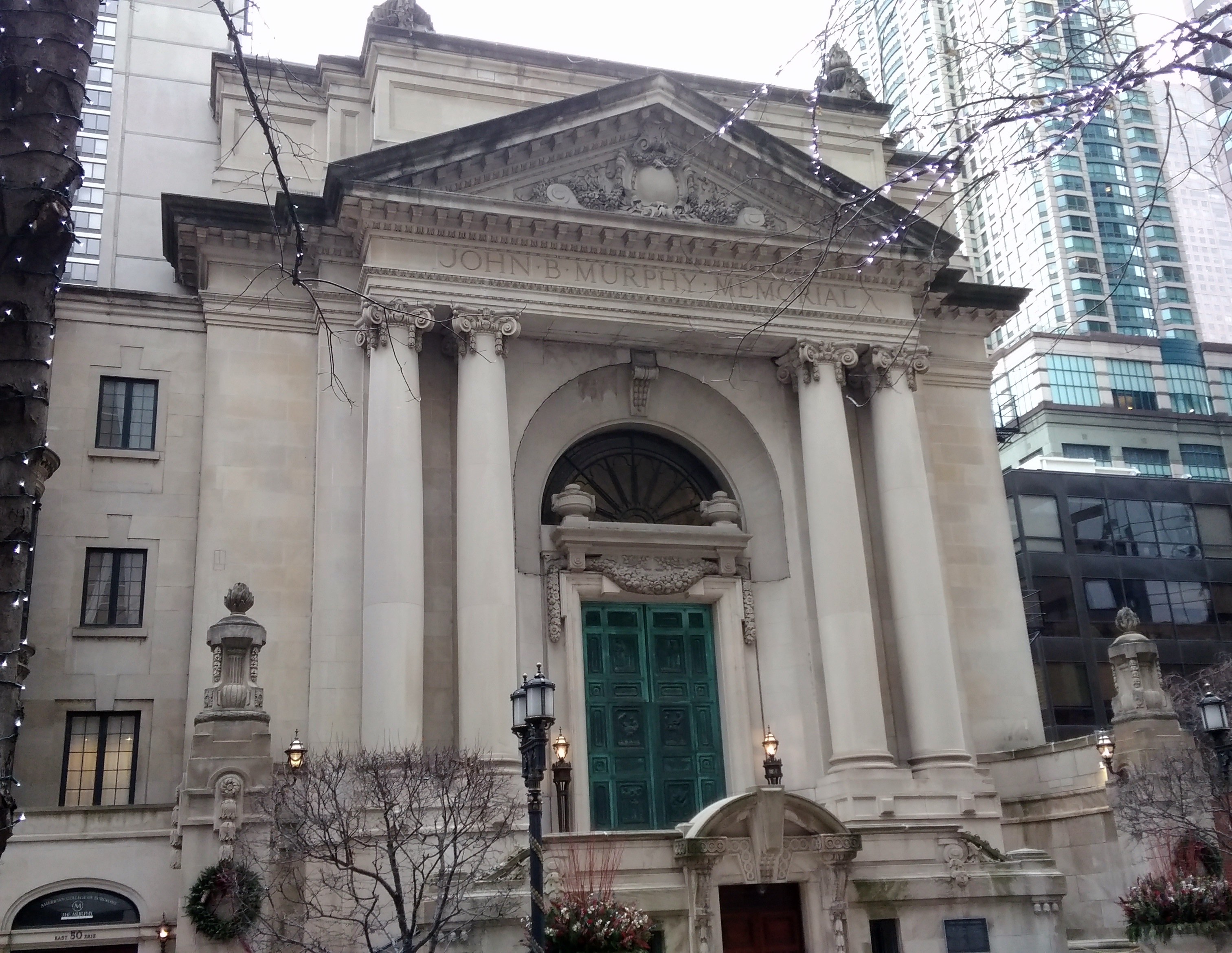
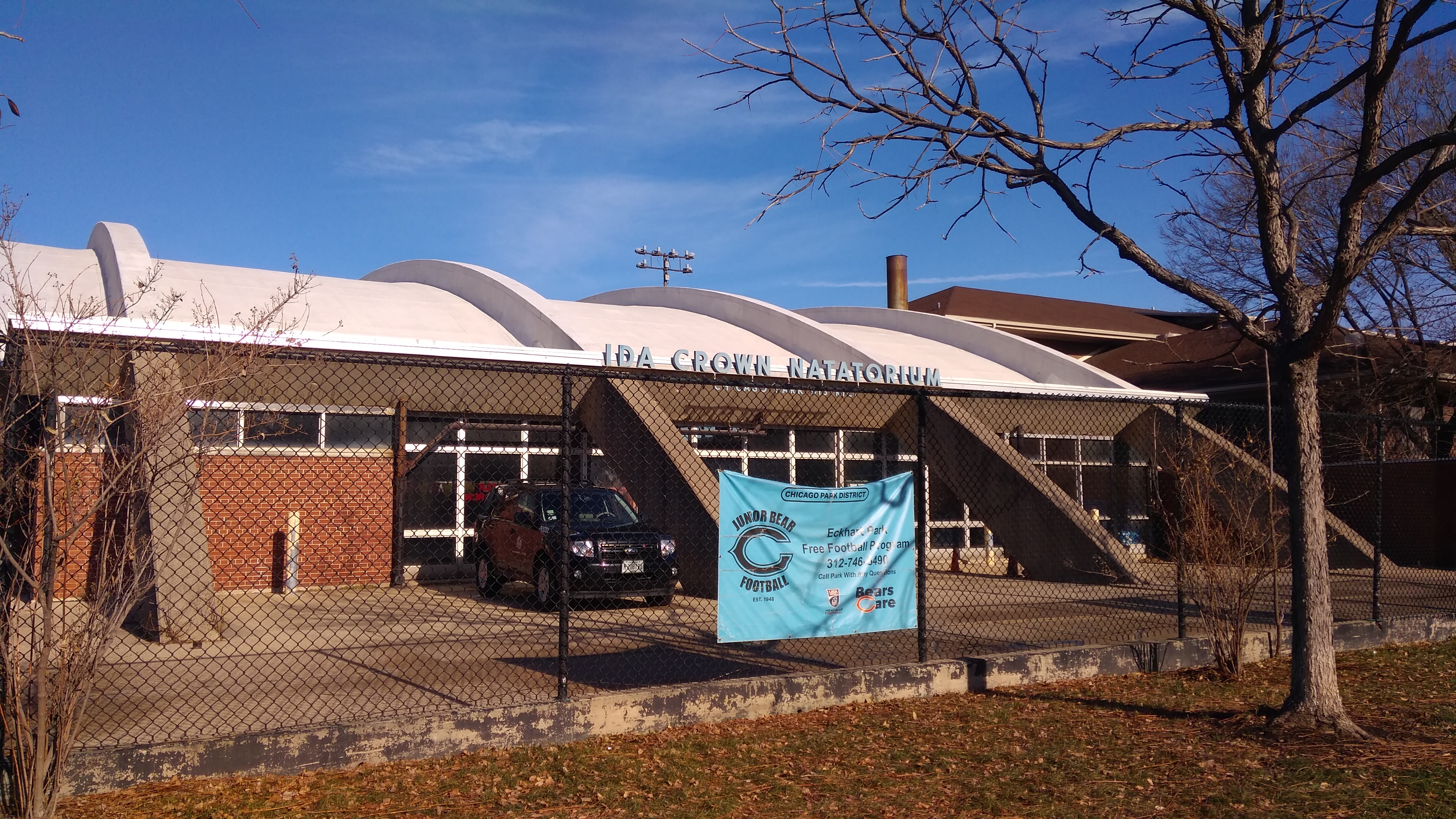
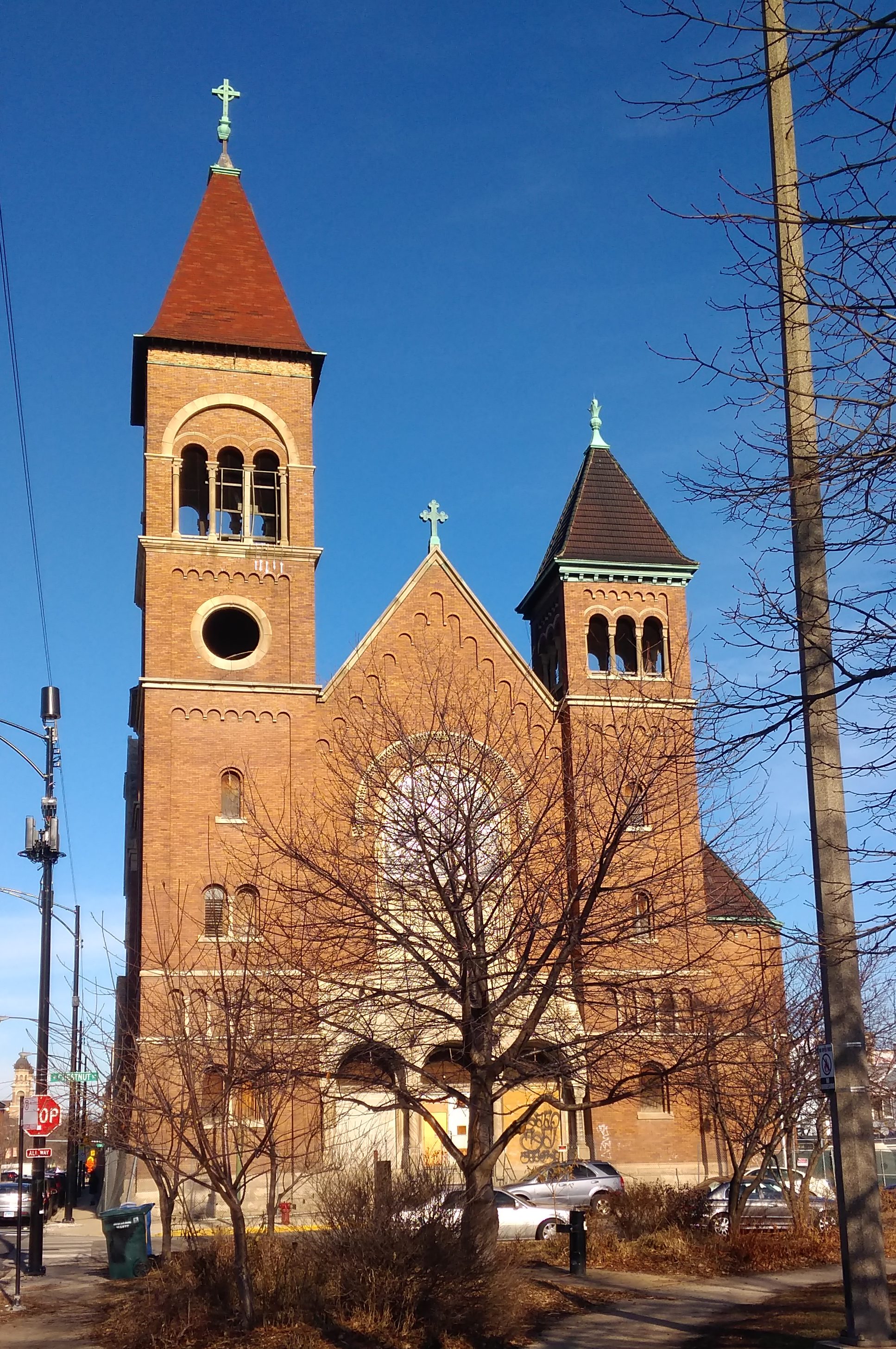
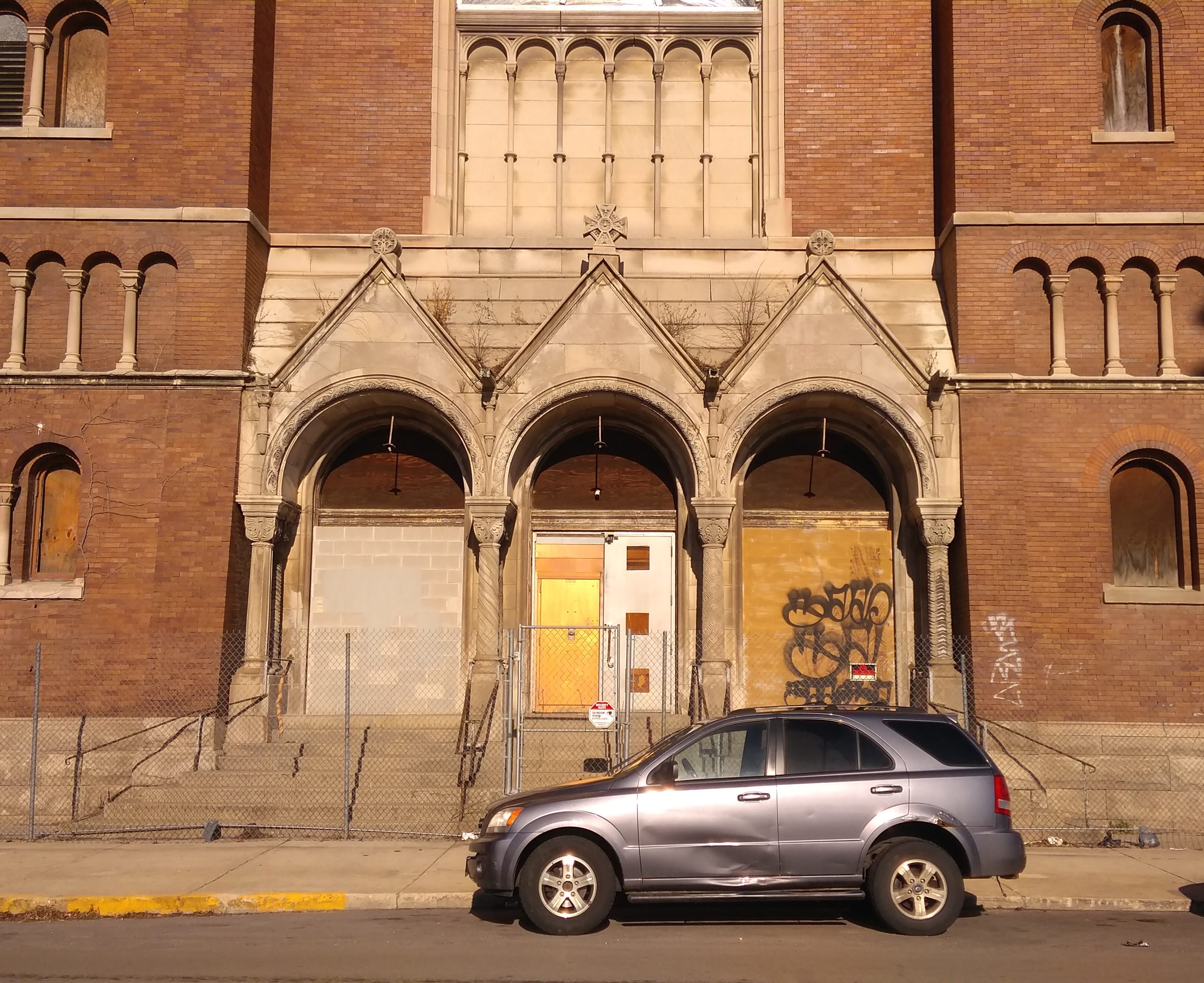
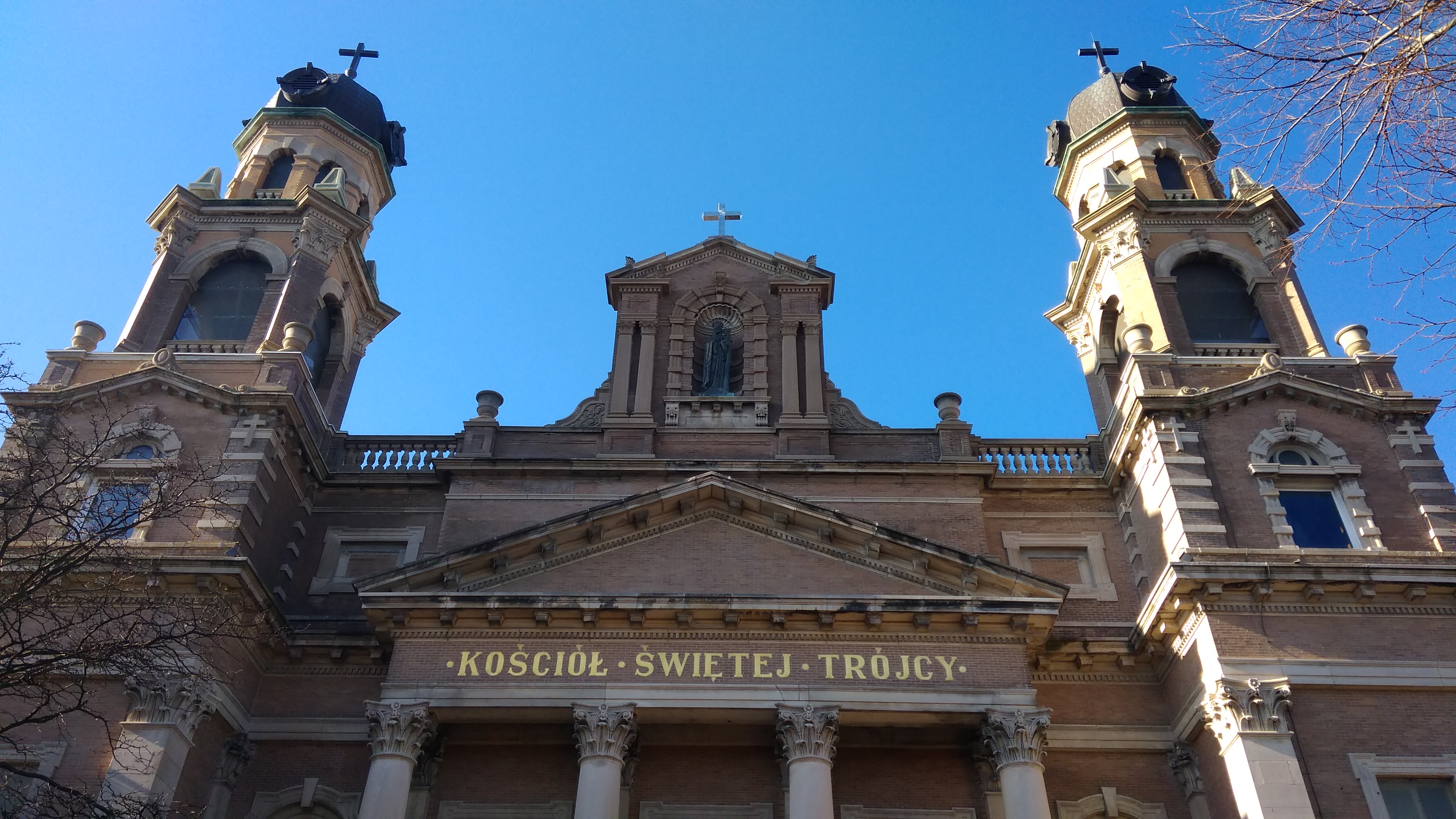
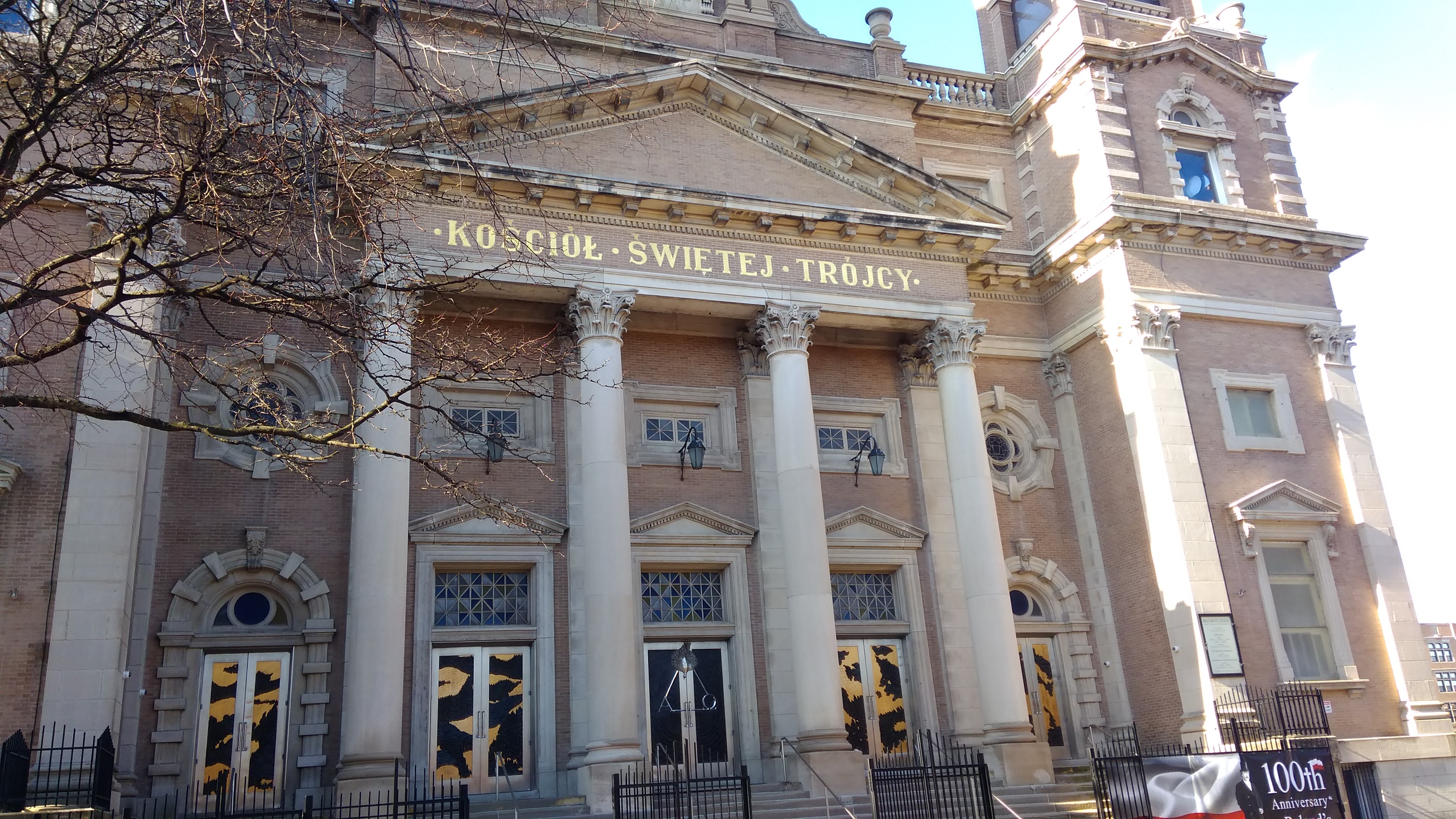
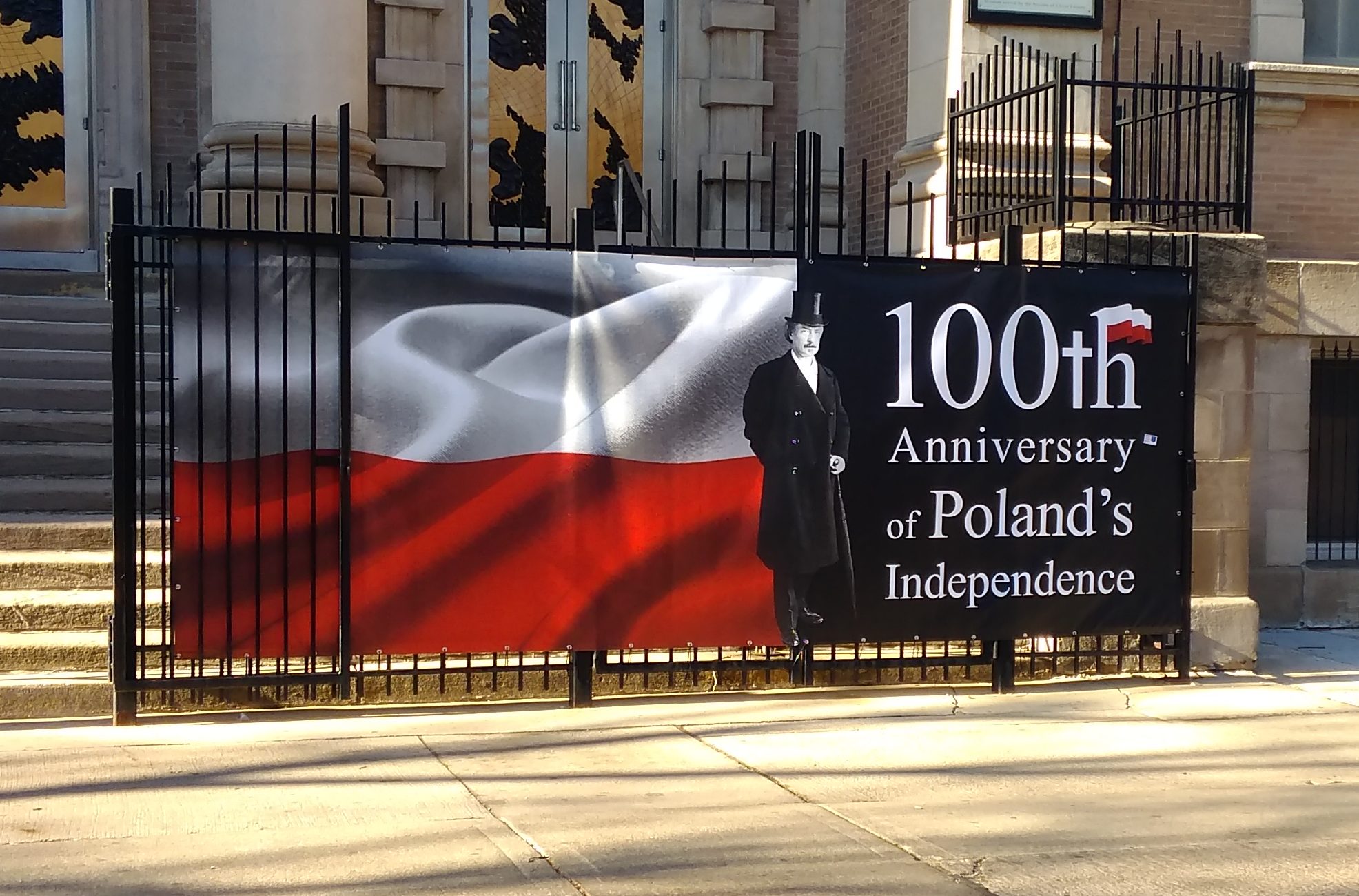 Polish Independence Day is the same as Armistice Day, incidentally. Same day, same year. The war was over and everything was up for grabs, including self-determination for formerly partitioned places.
Polish Independence Day is the same as Armistice Day, incidentally. Same day, same year. The war was over and everything was up for grabs, including self-determination for formerly partitioned places.